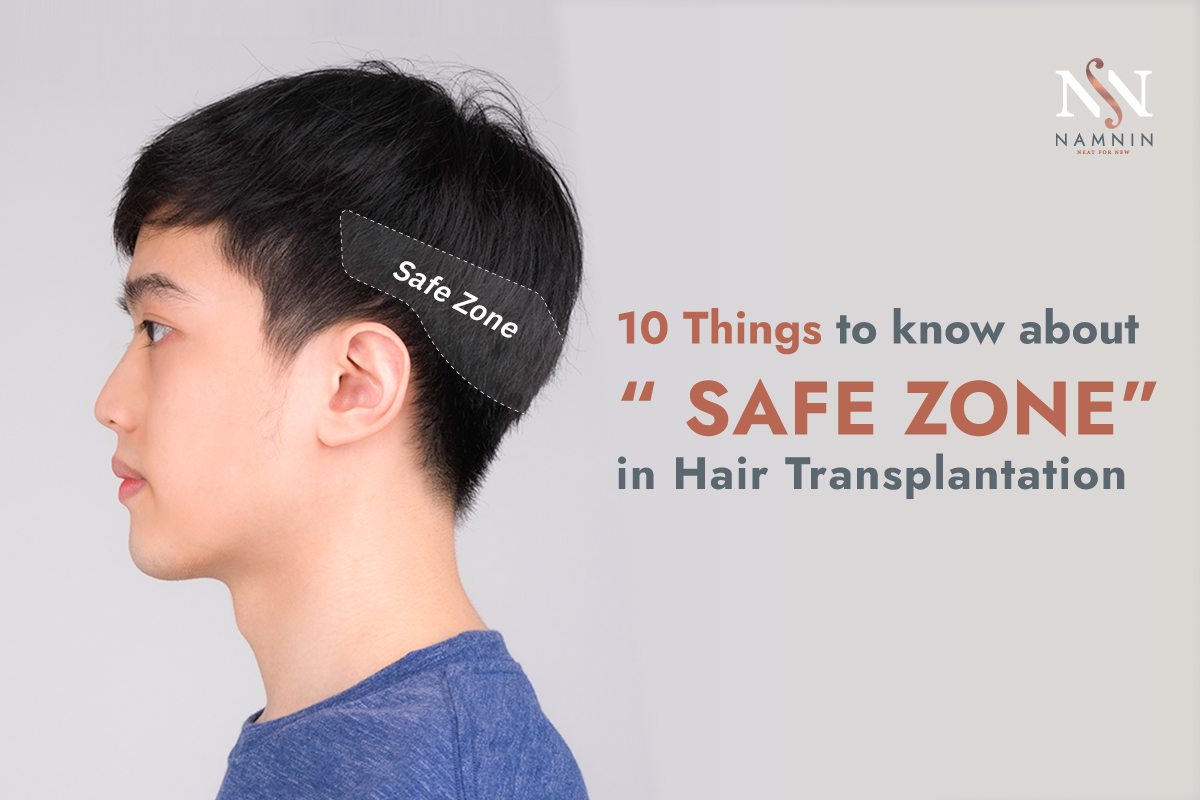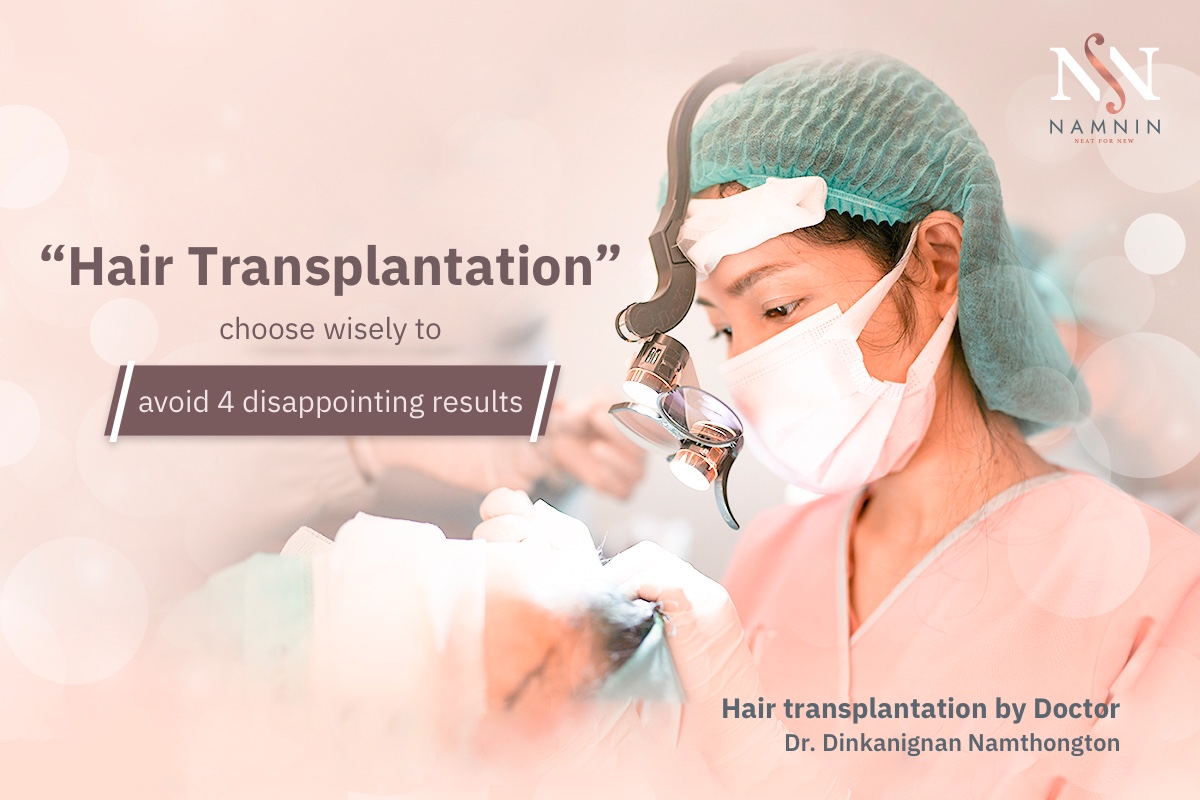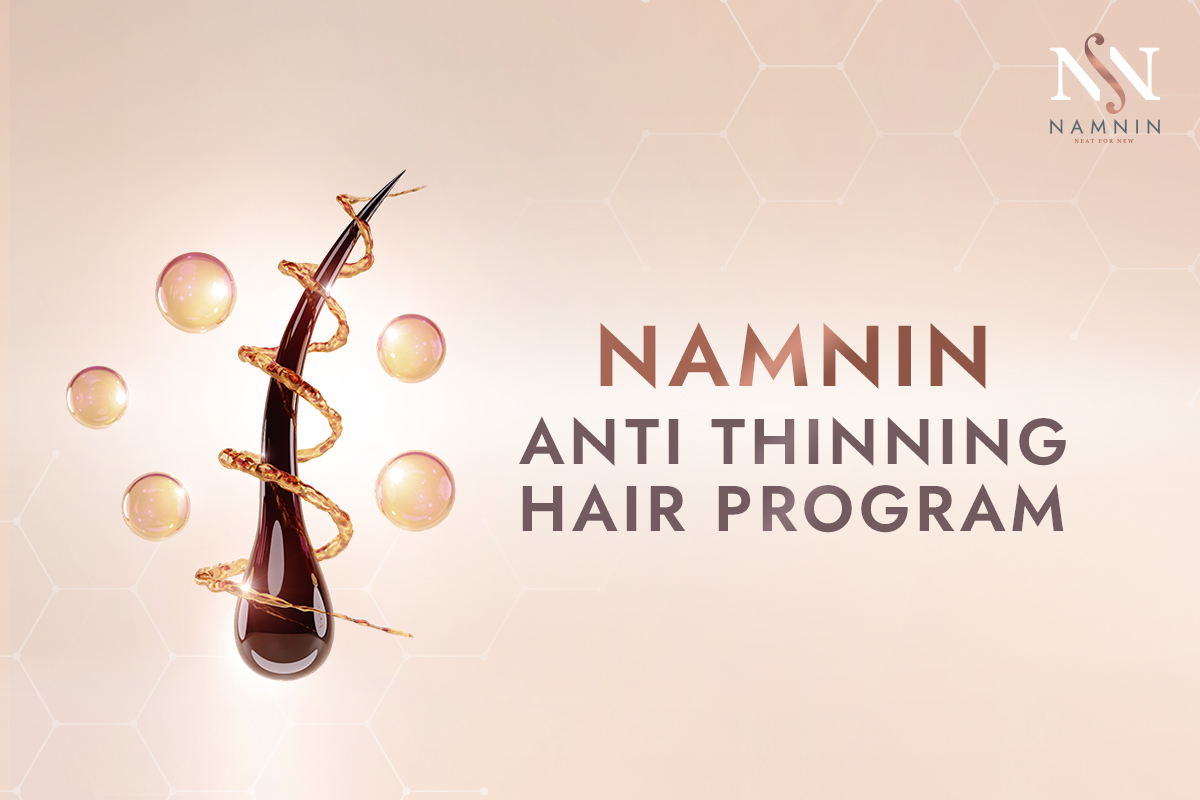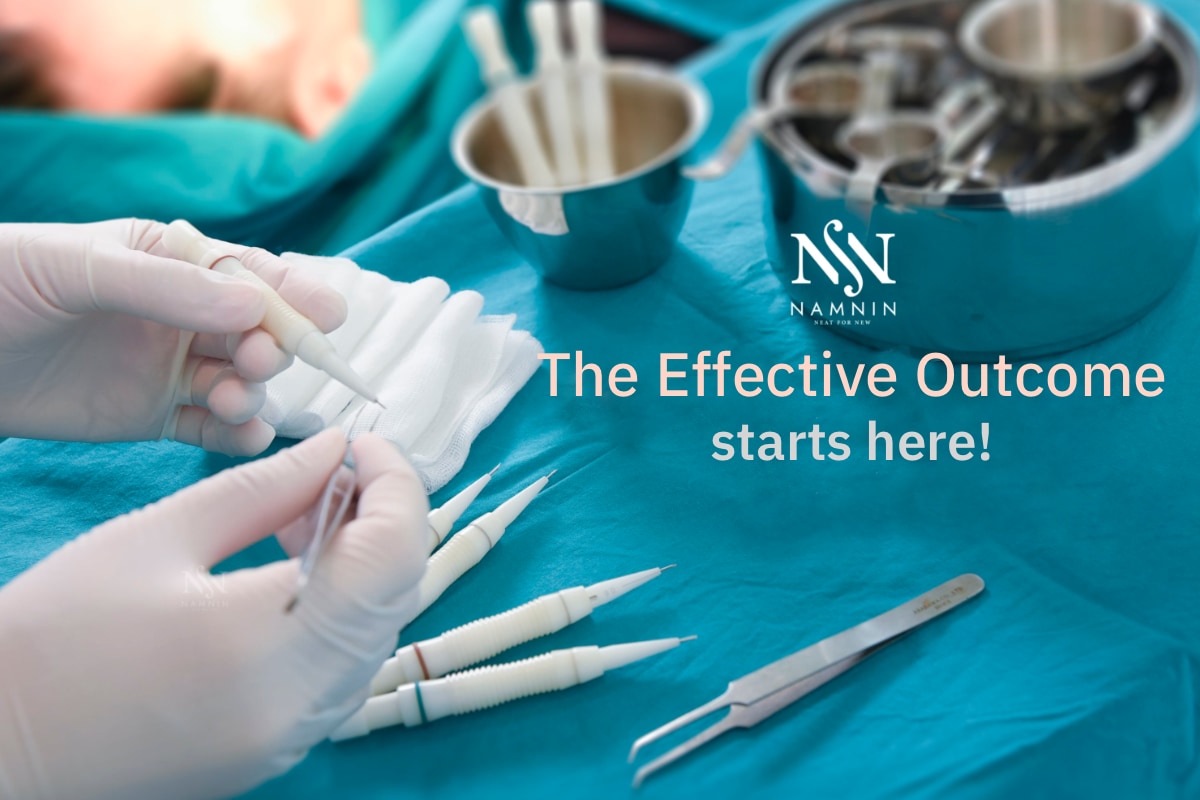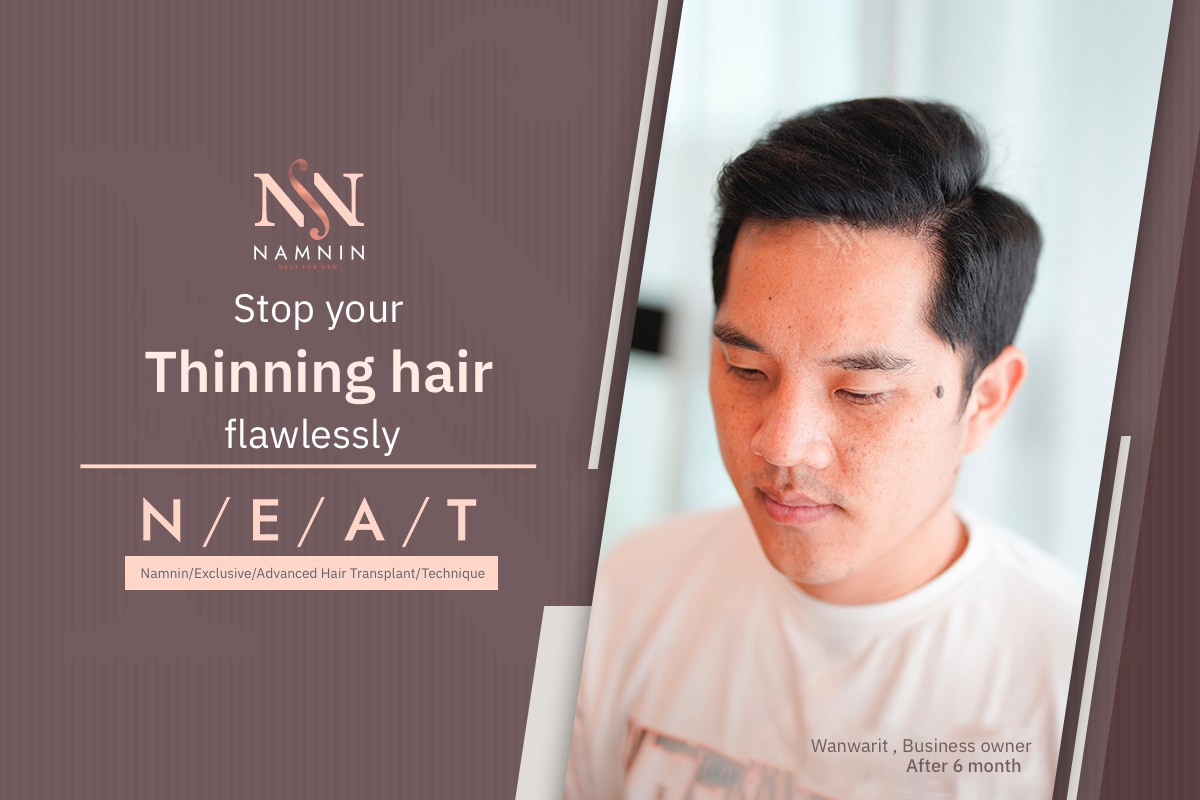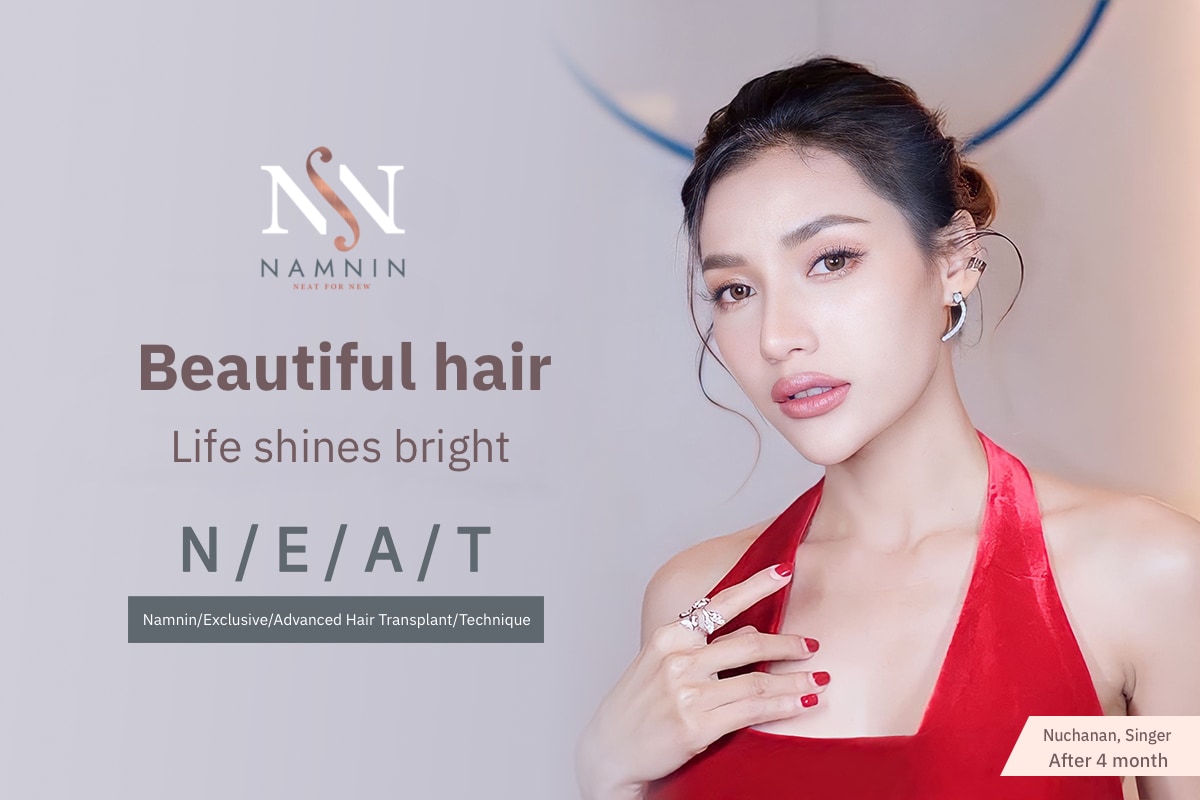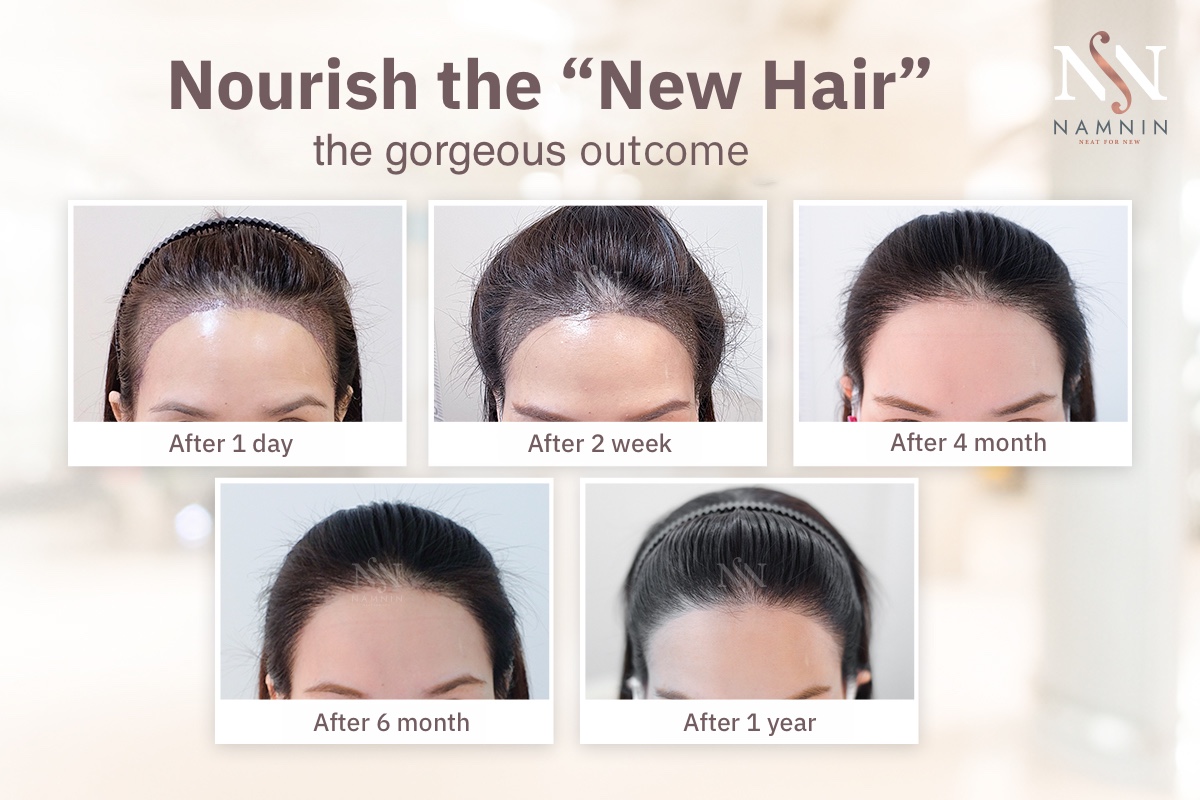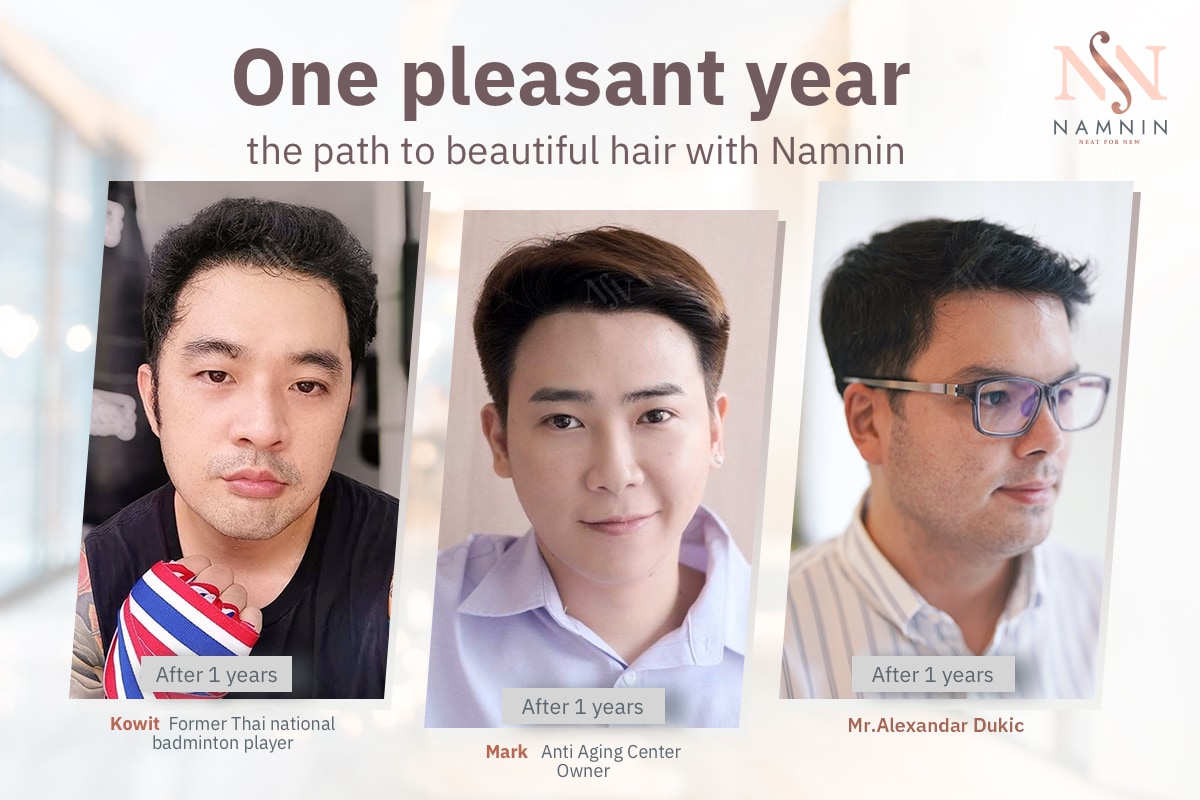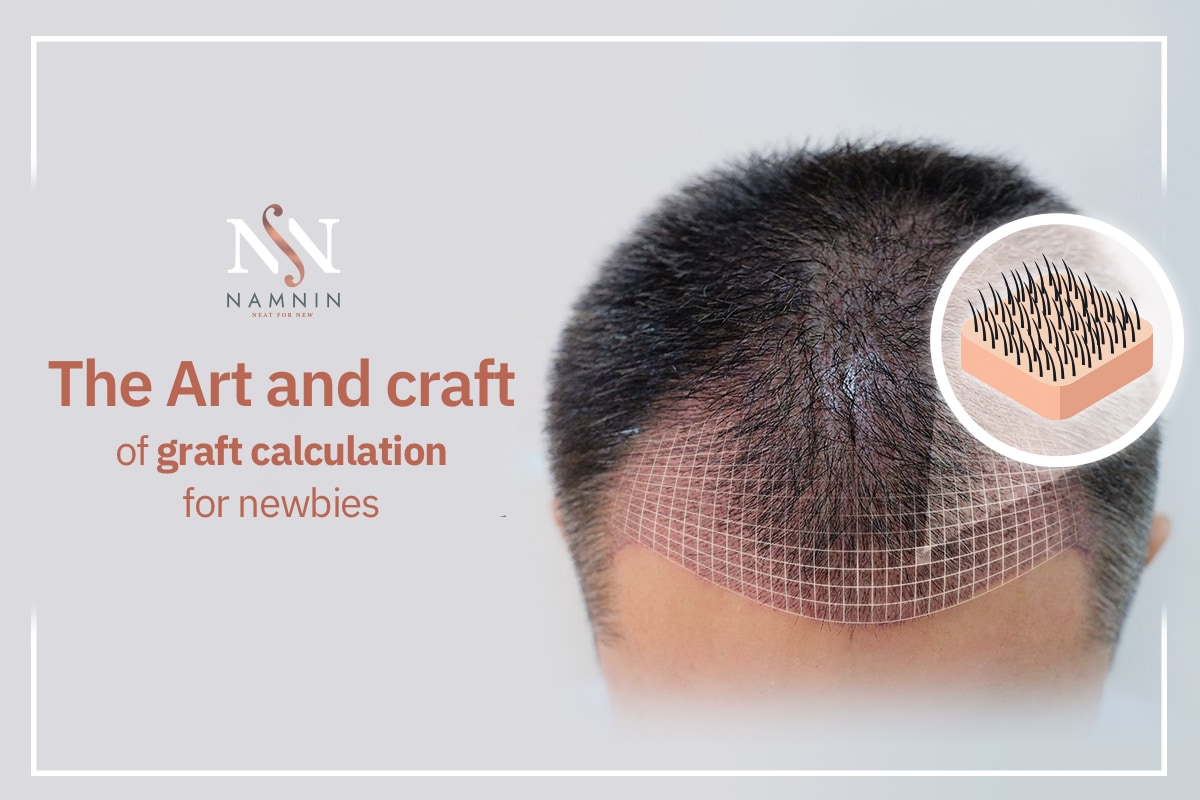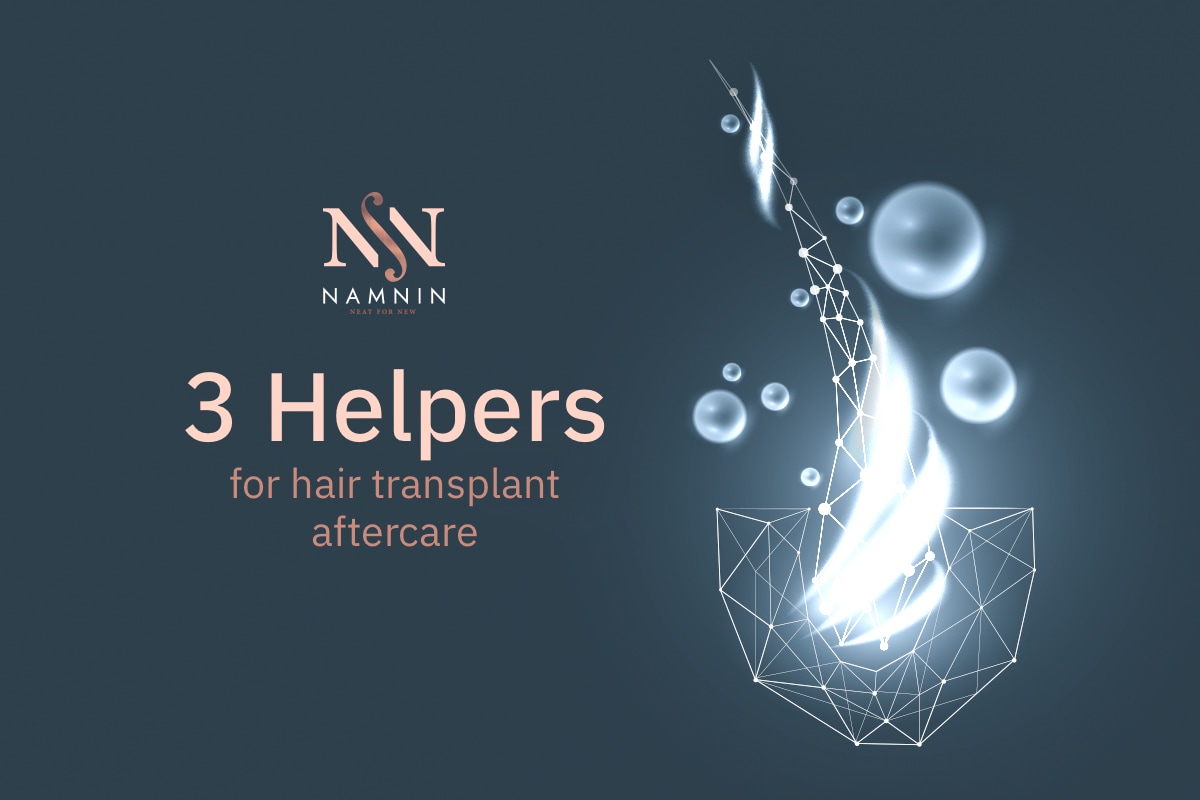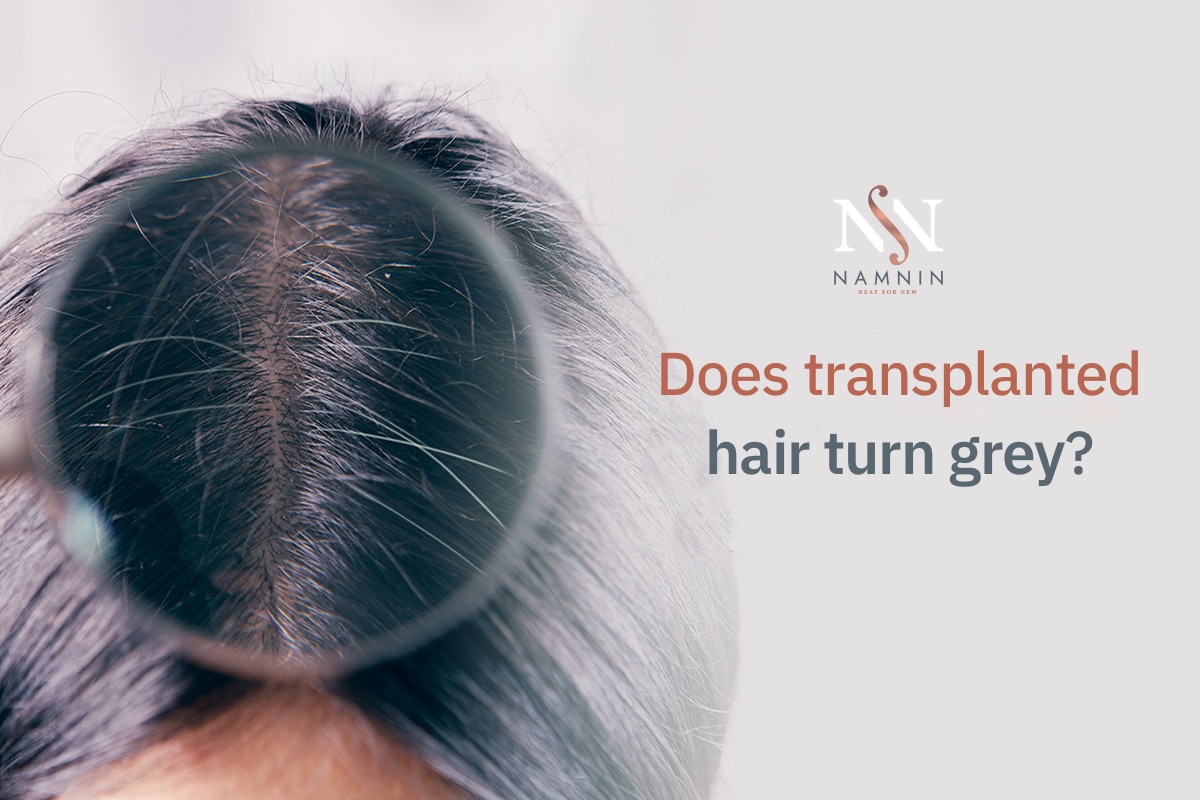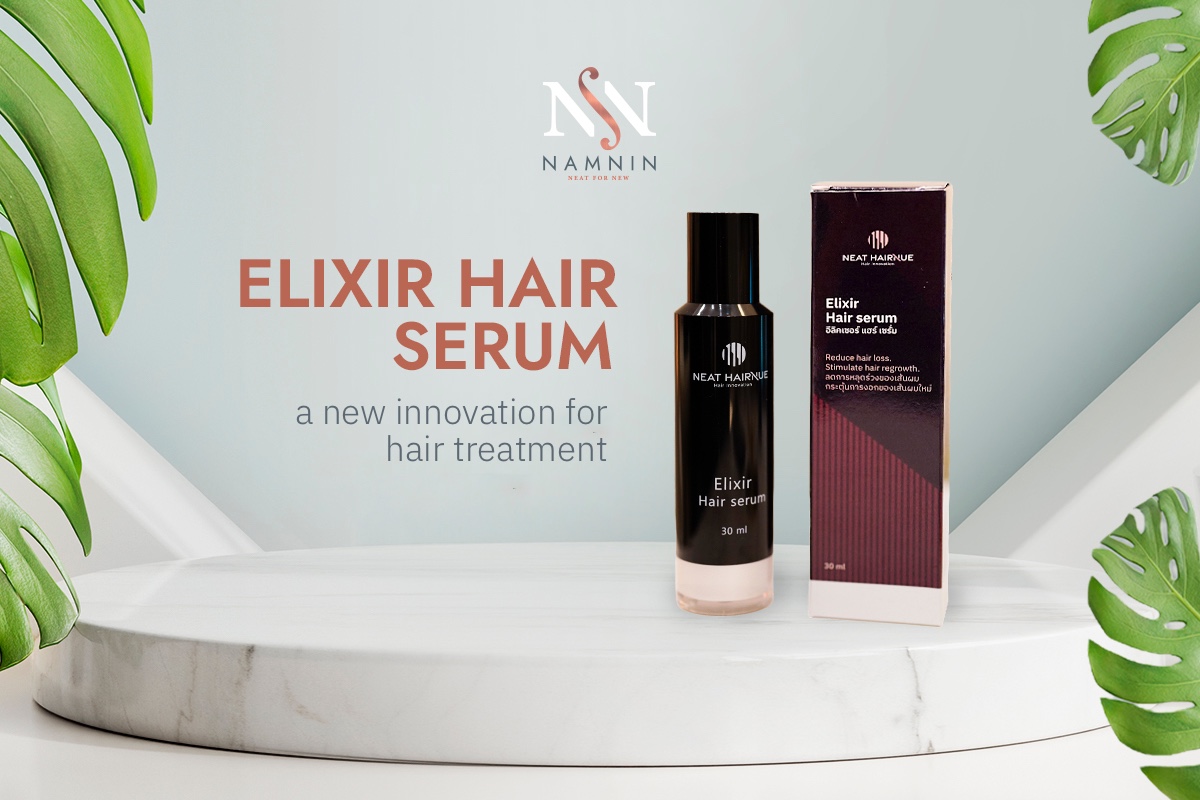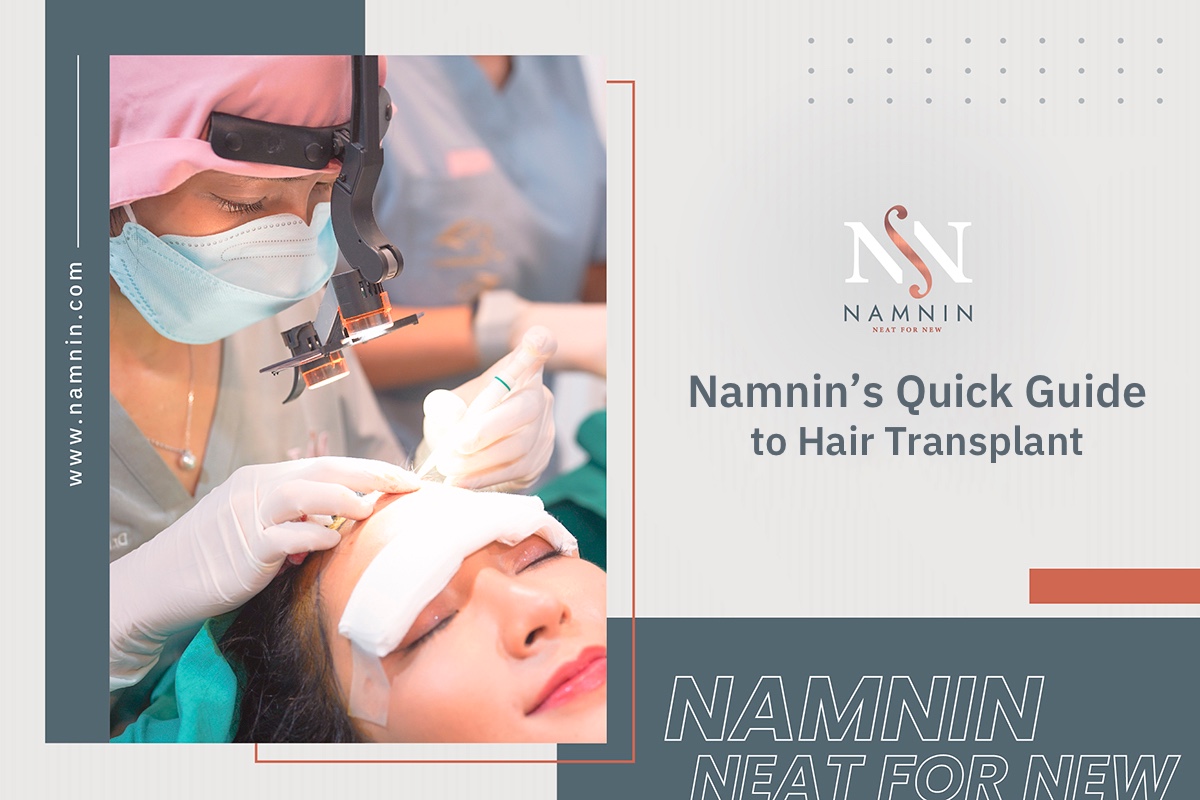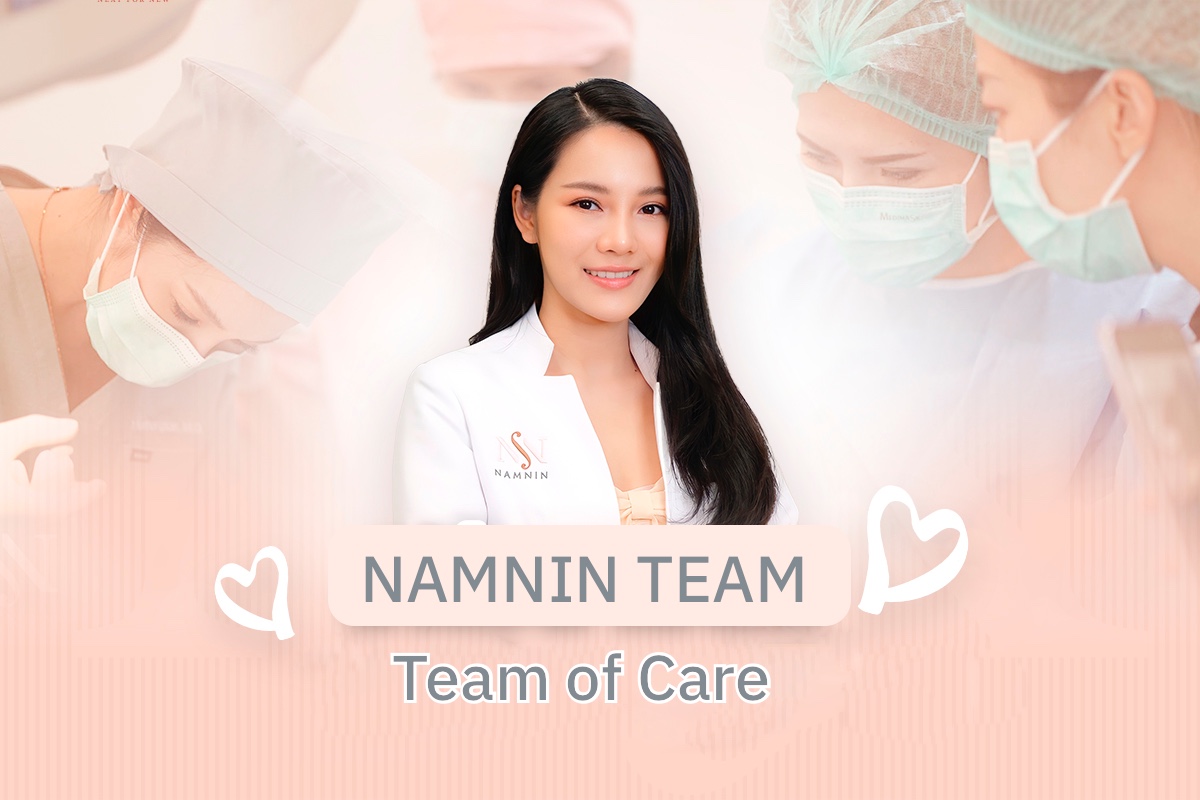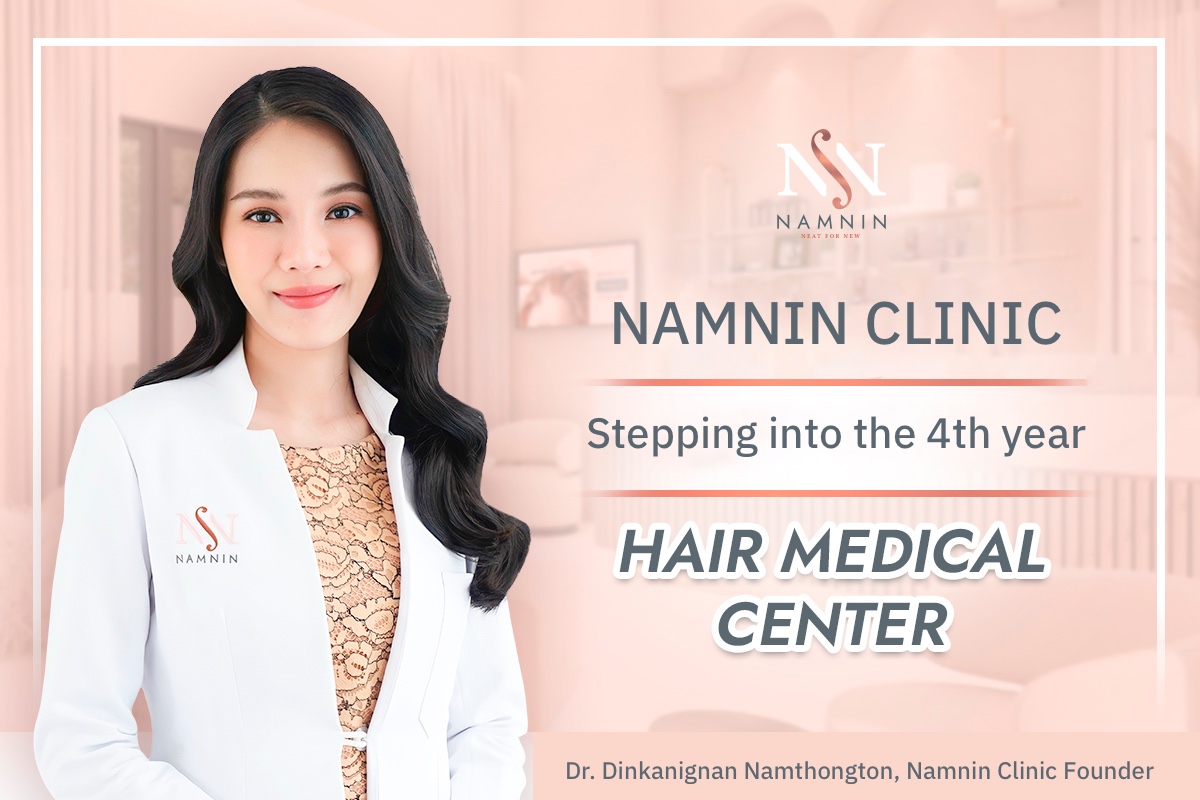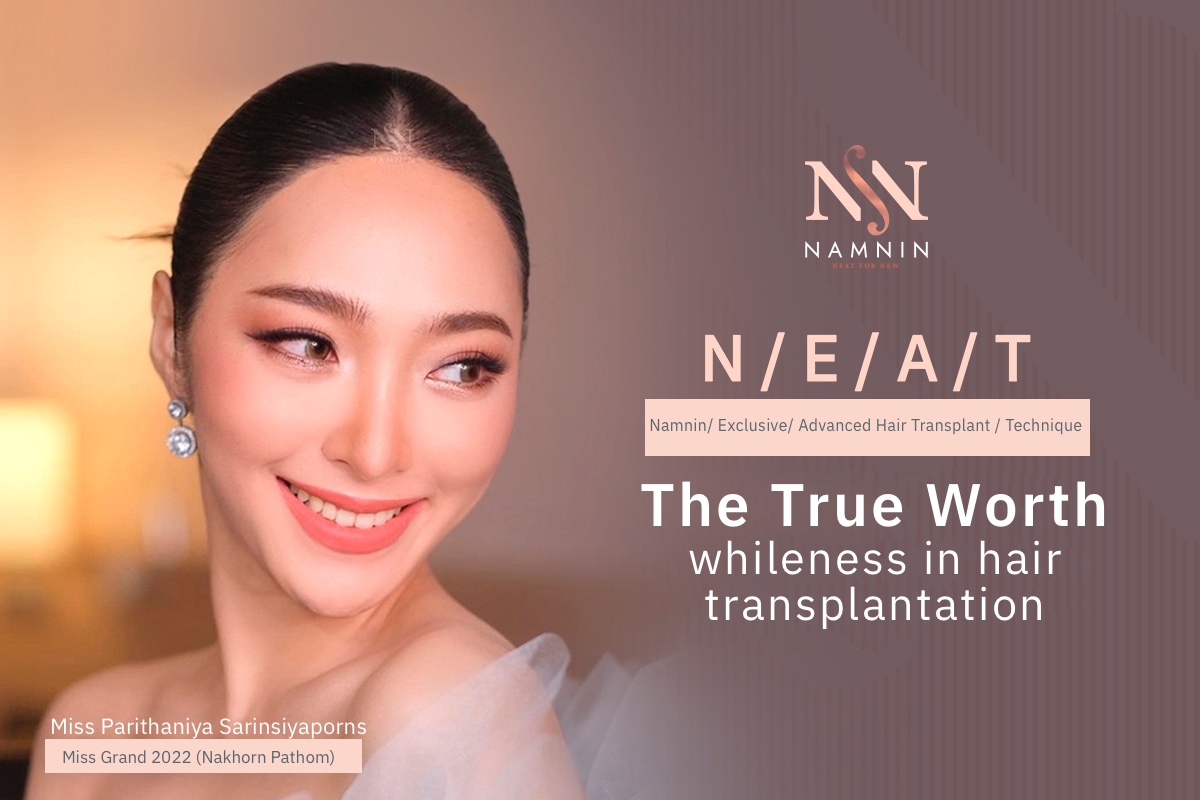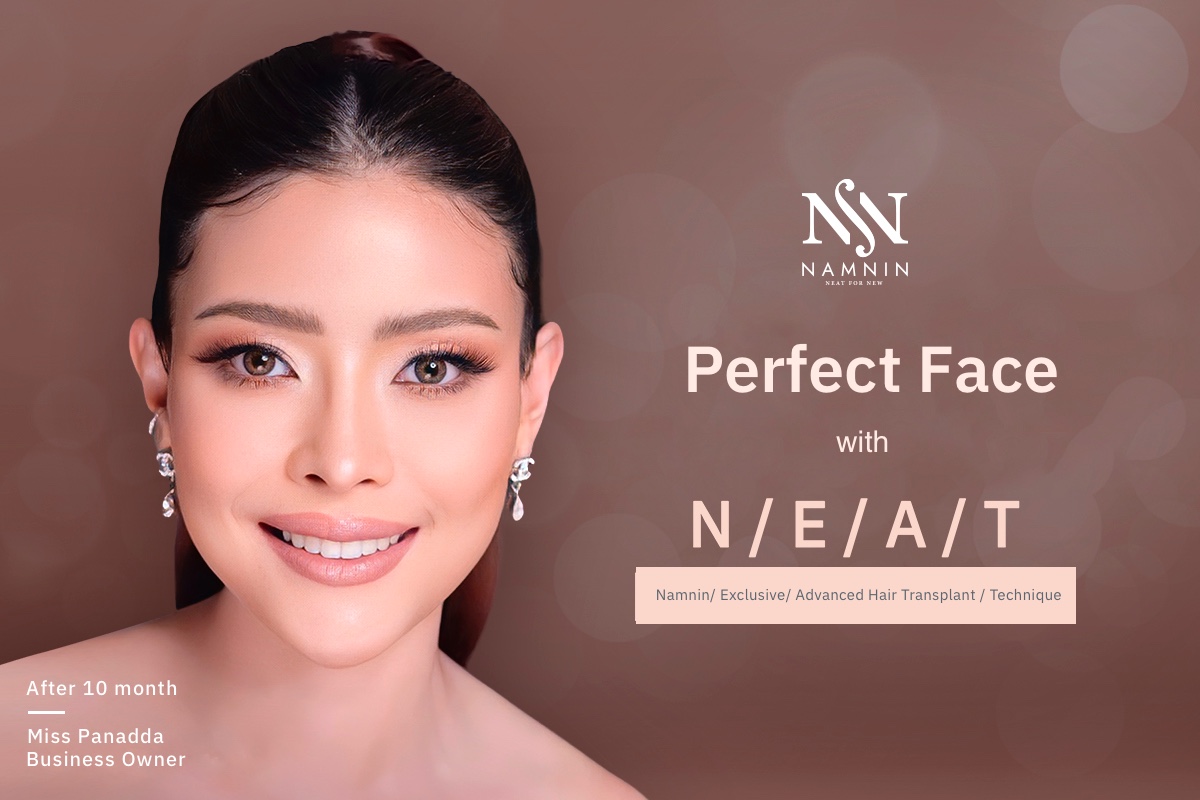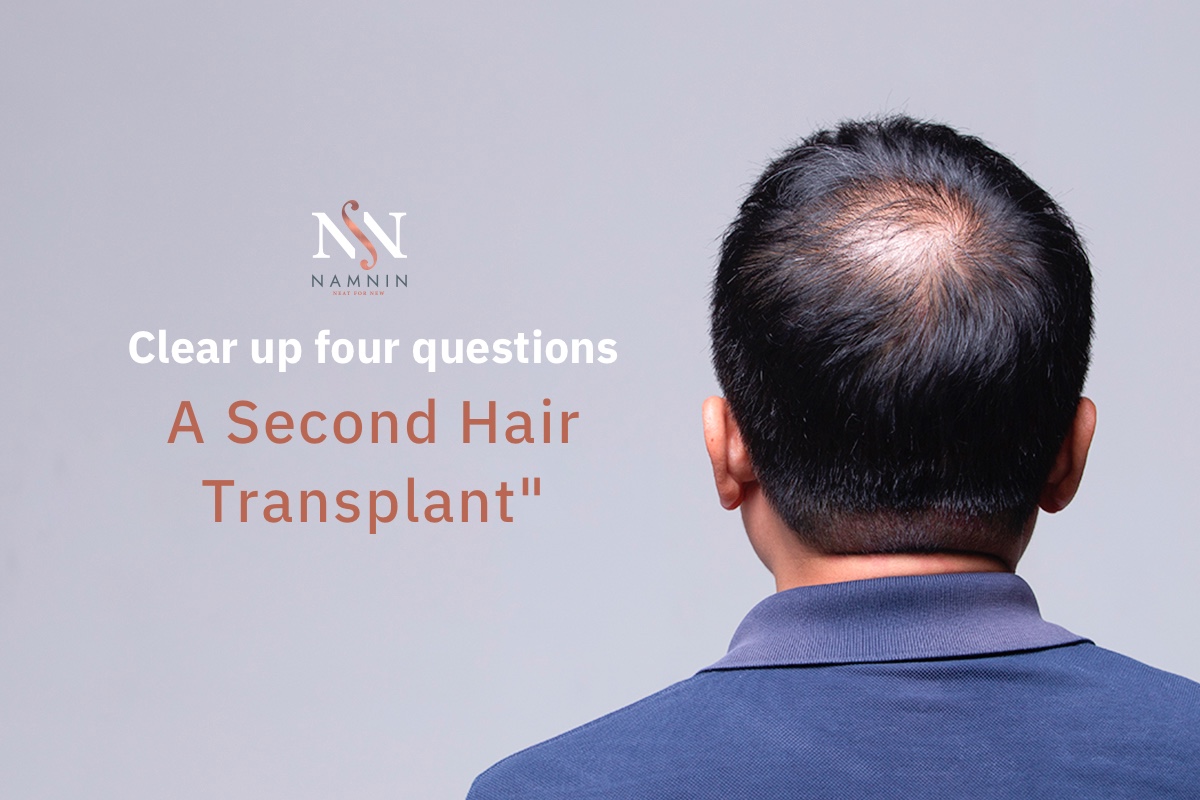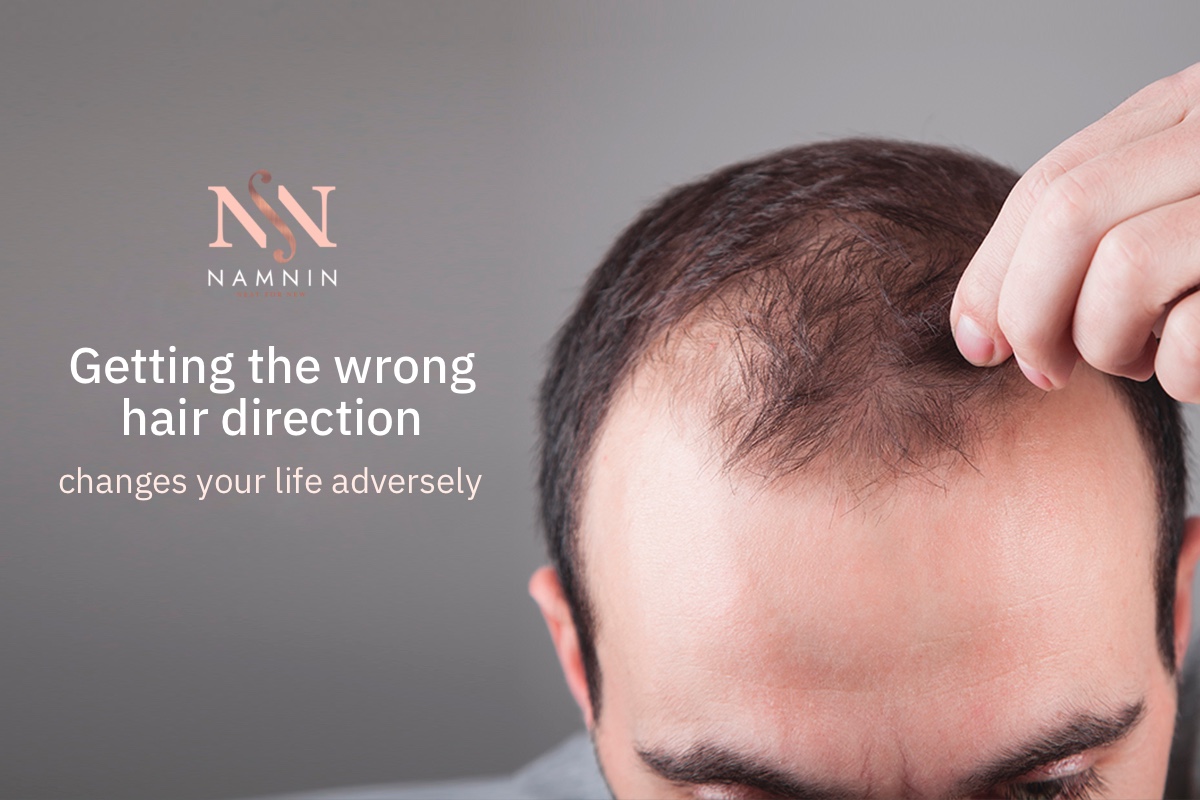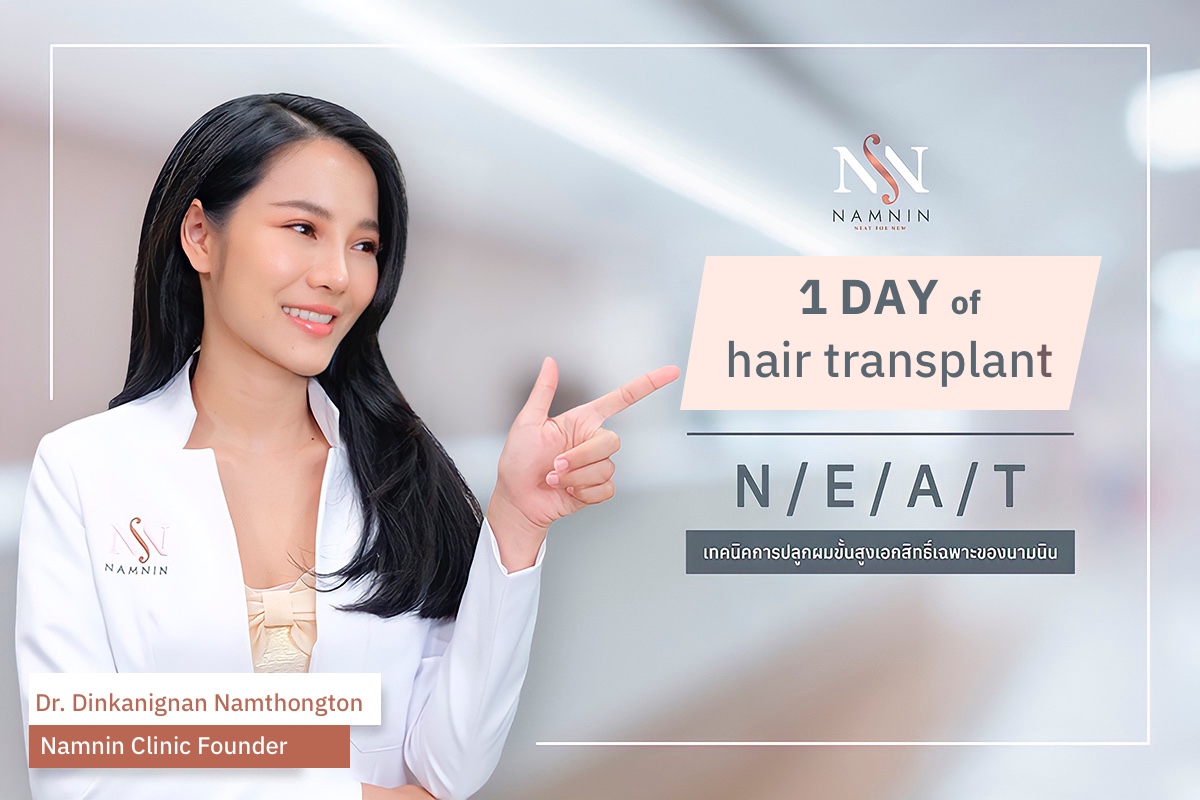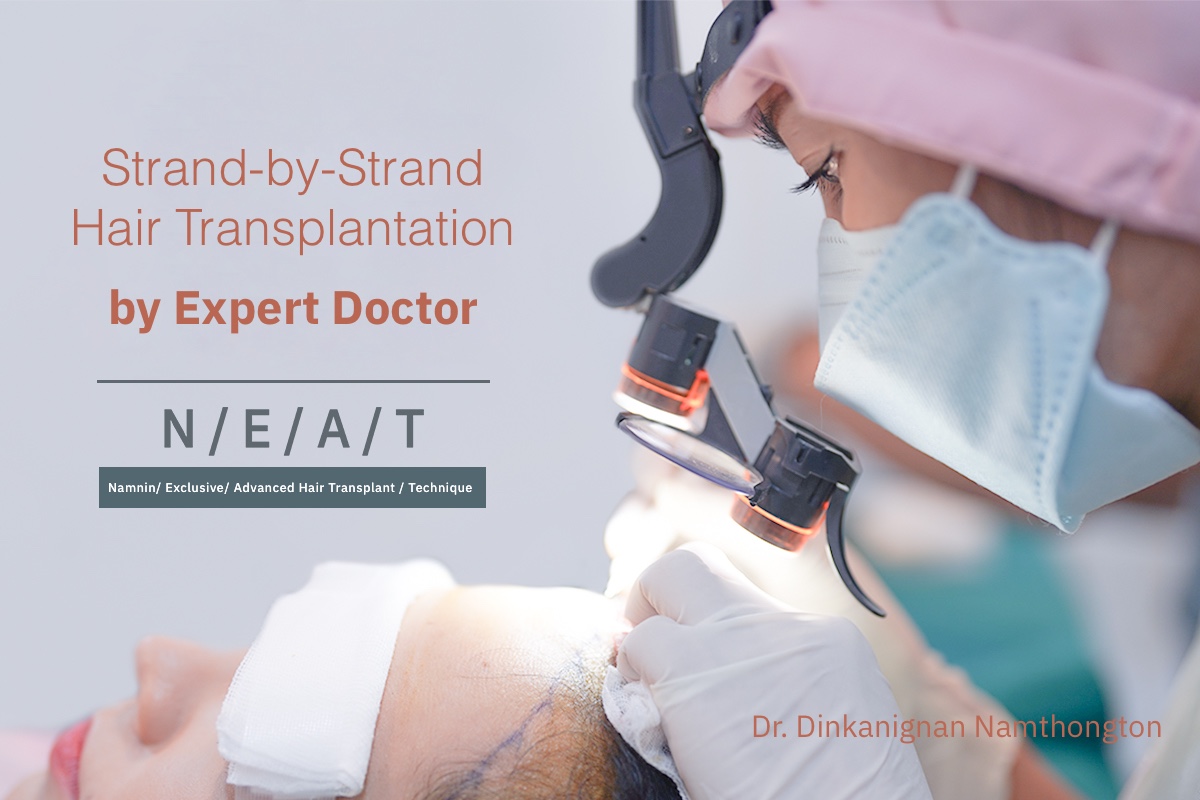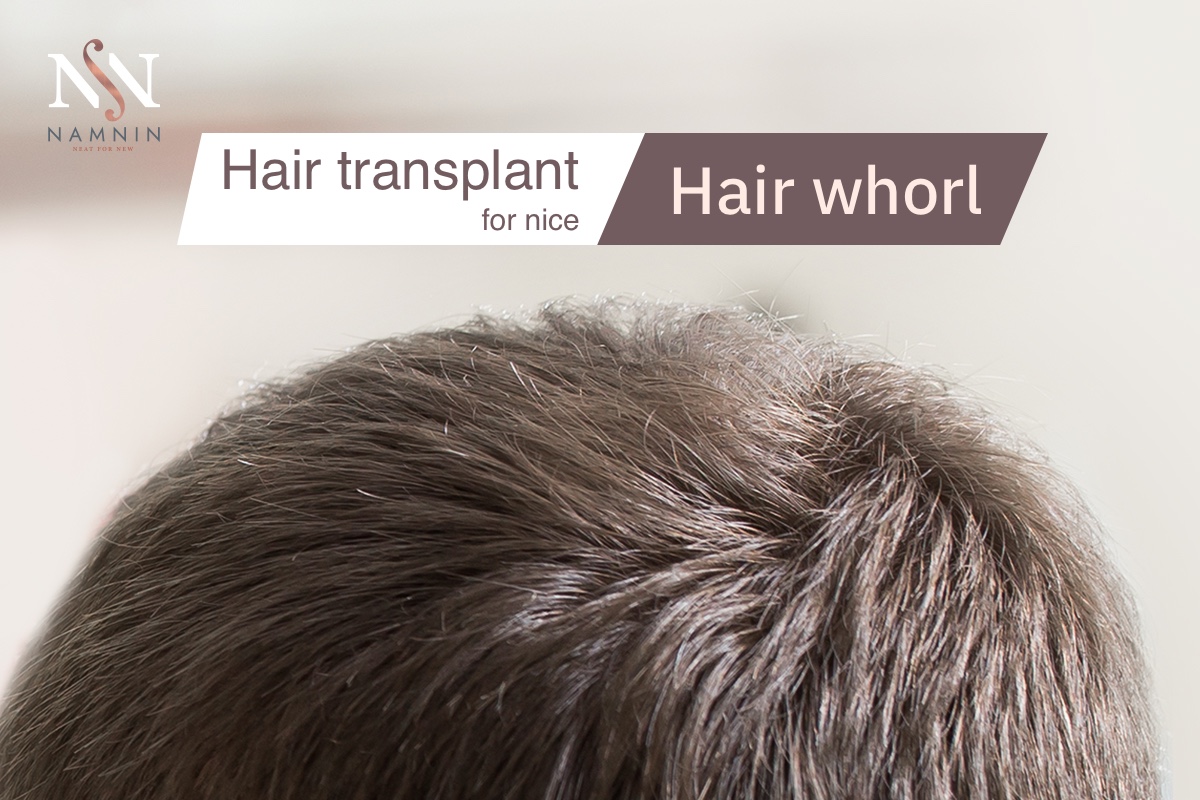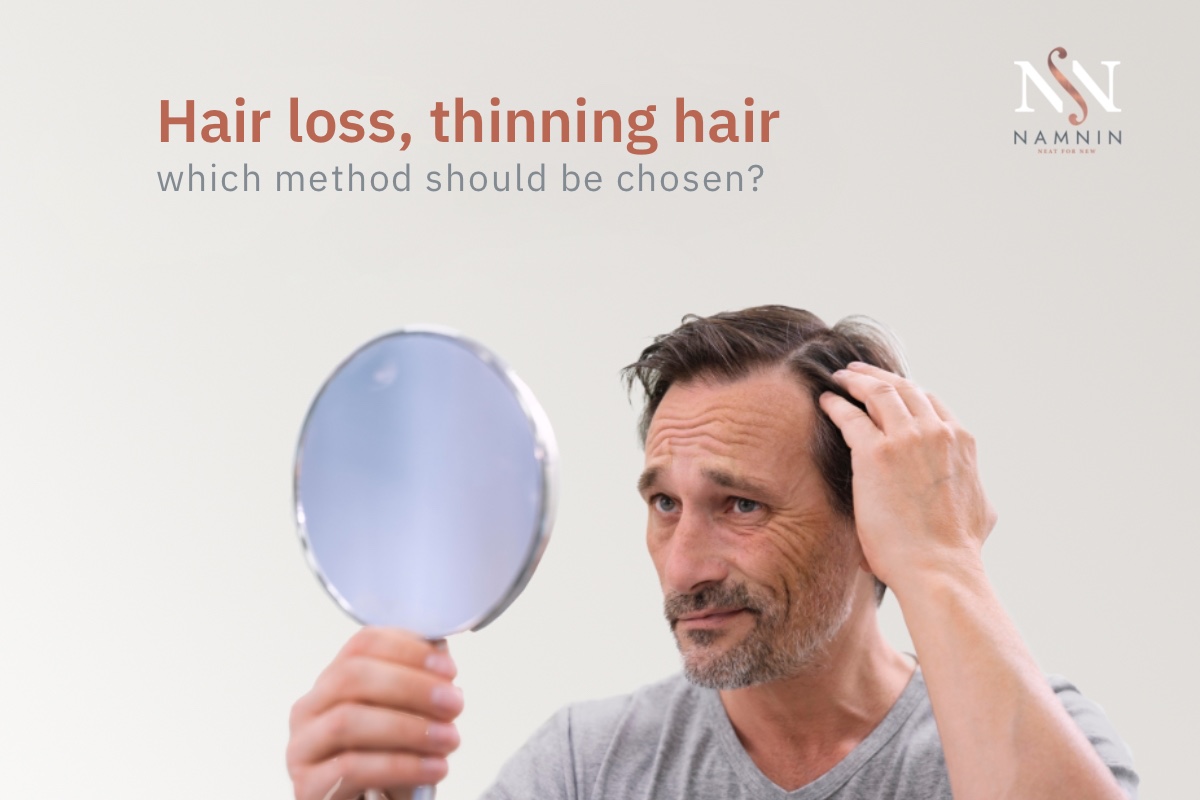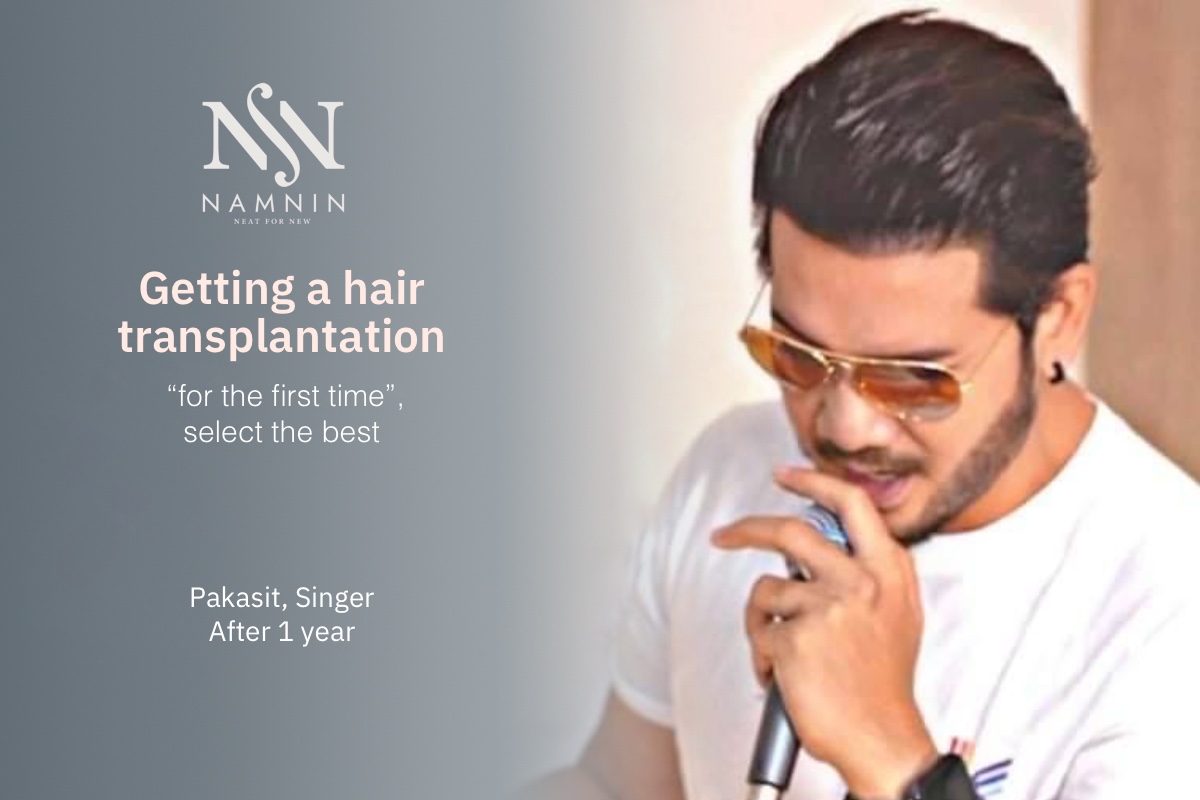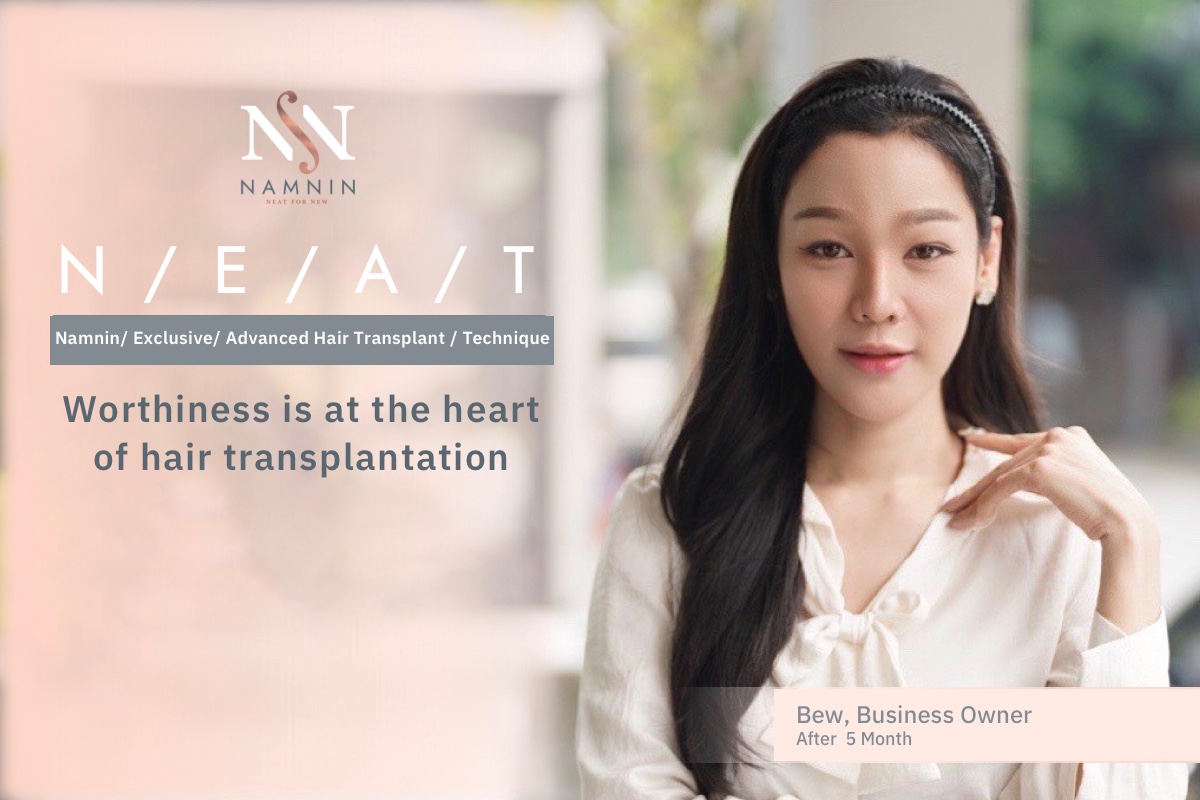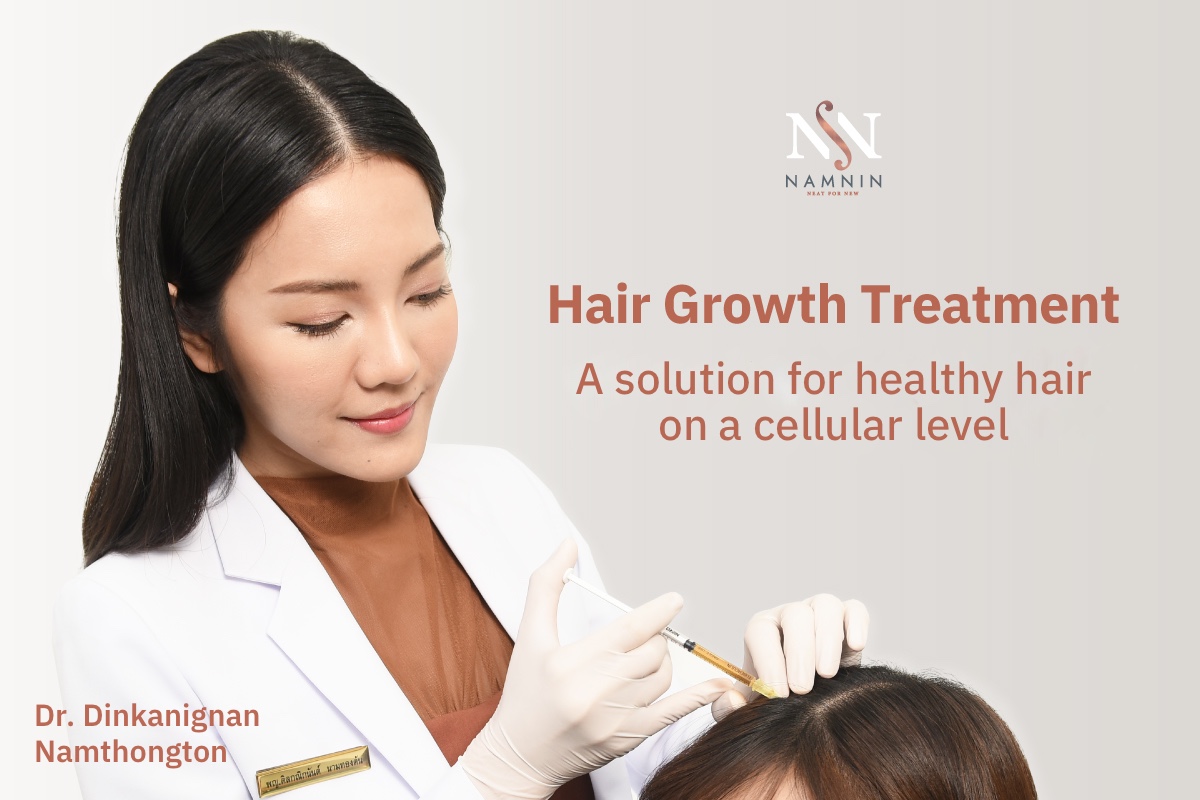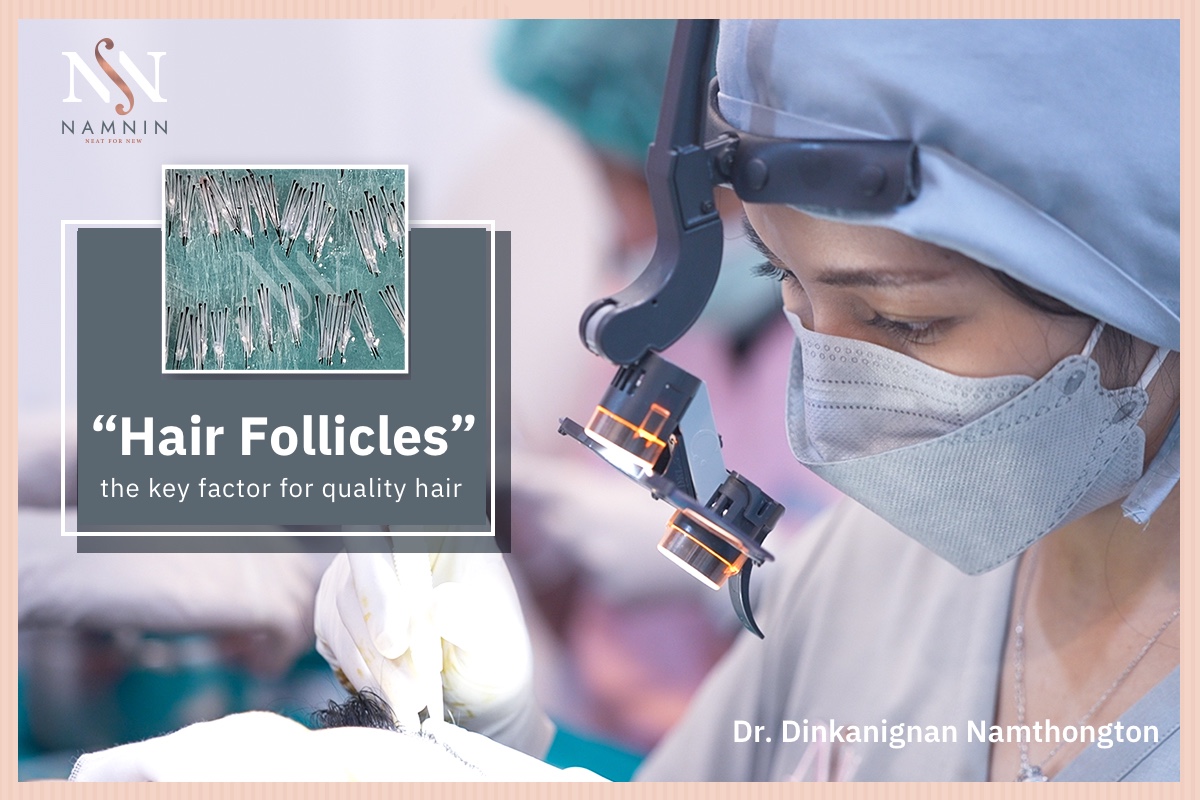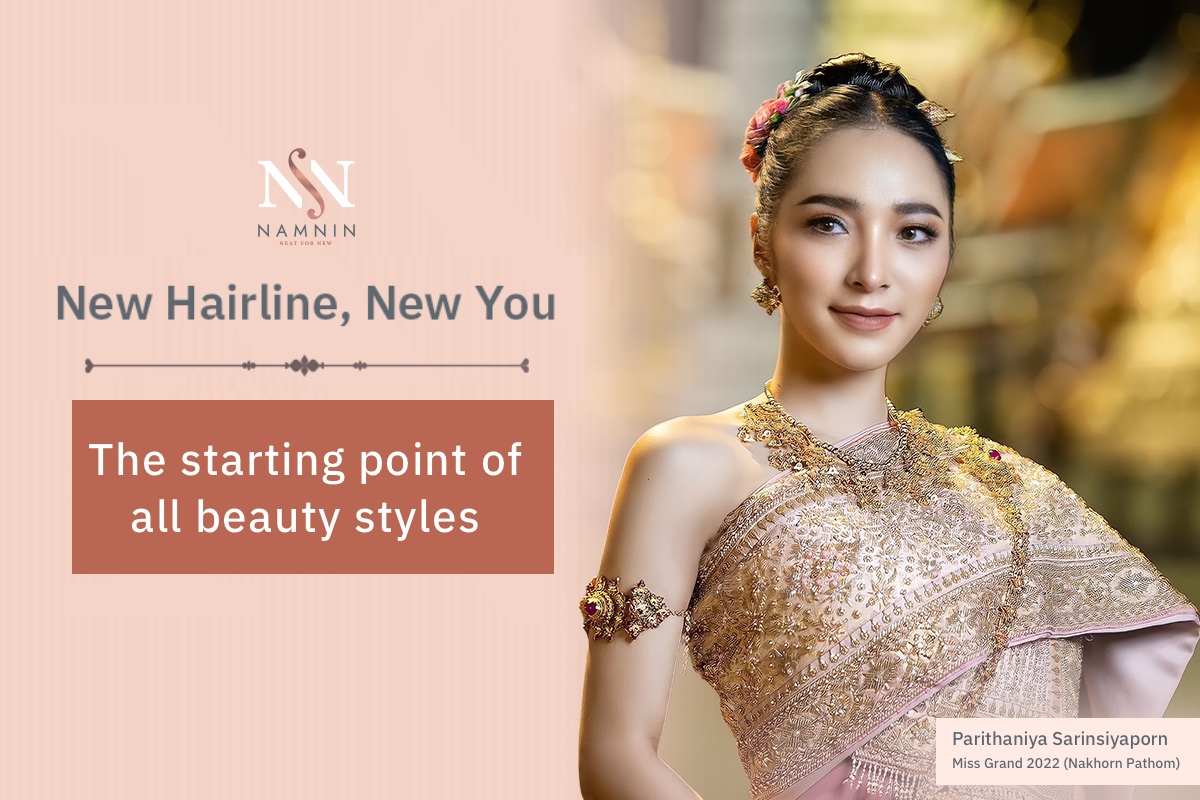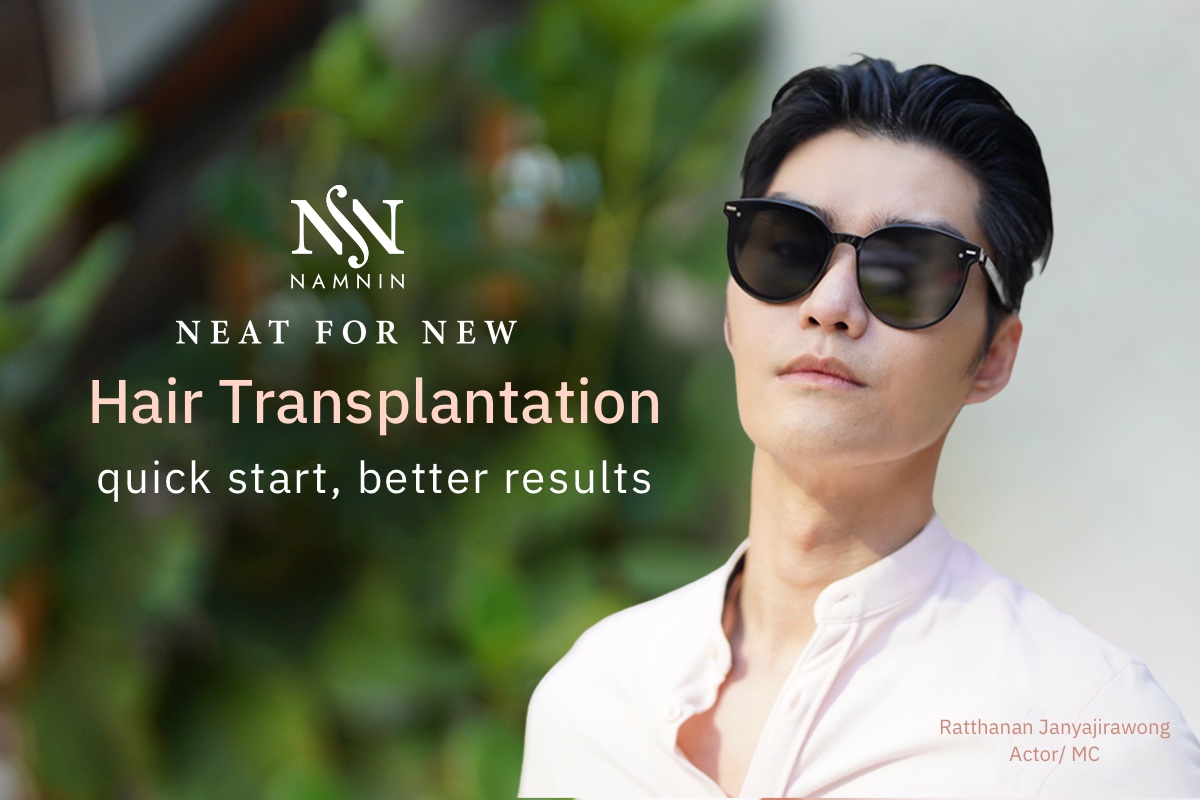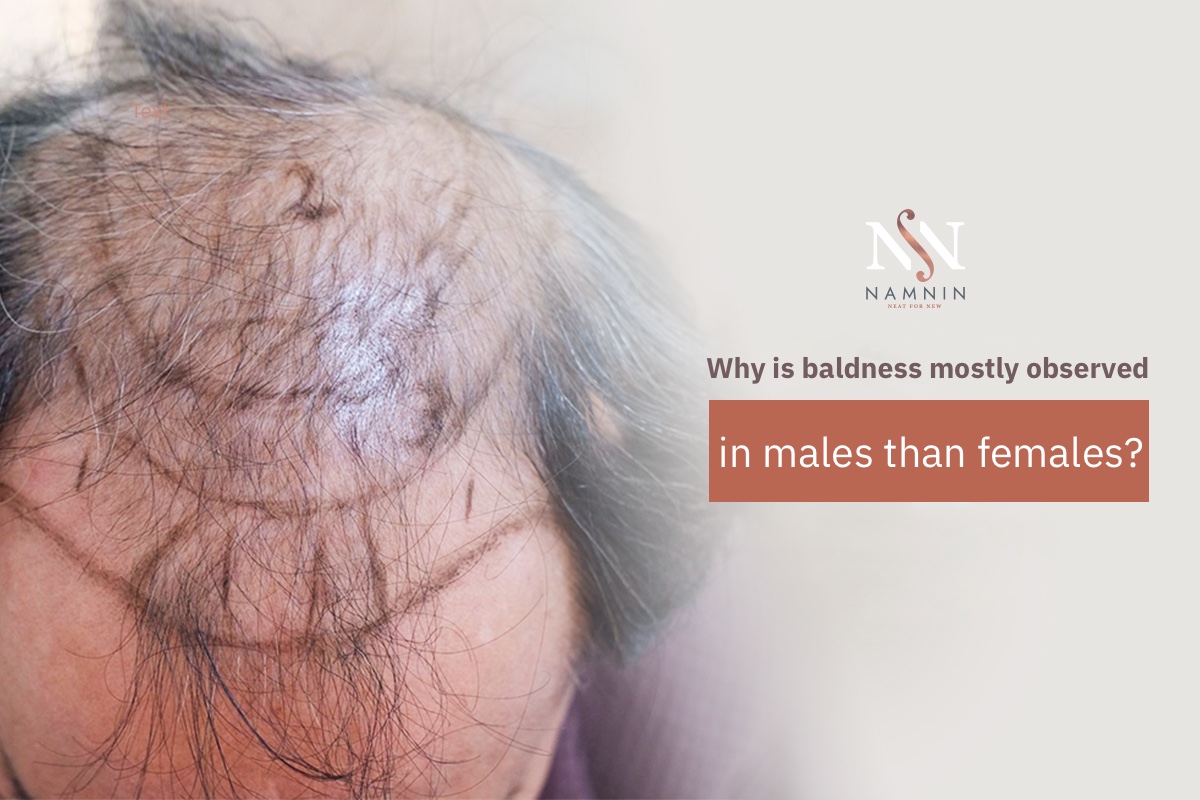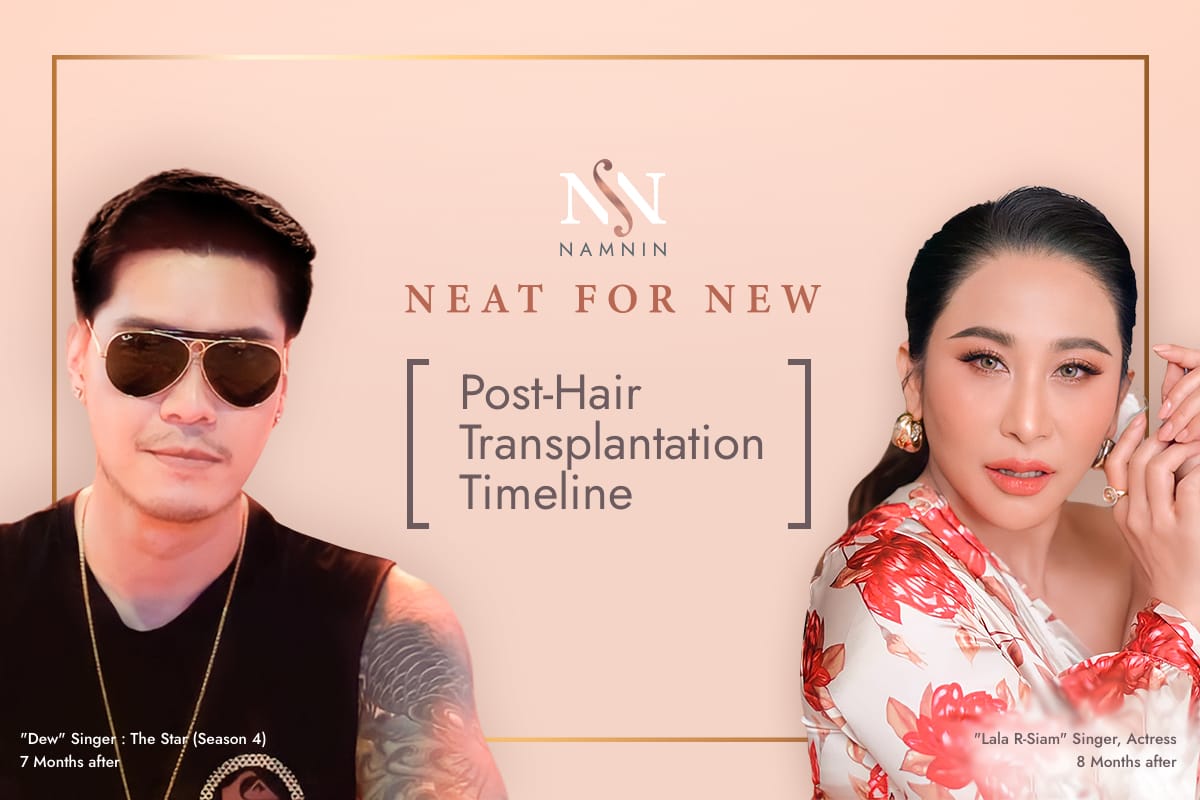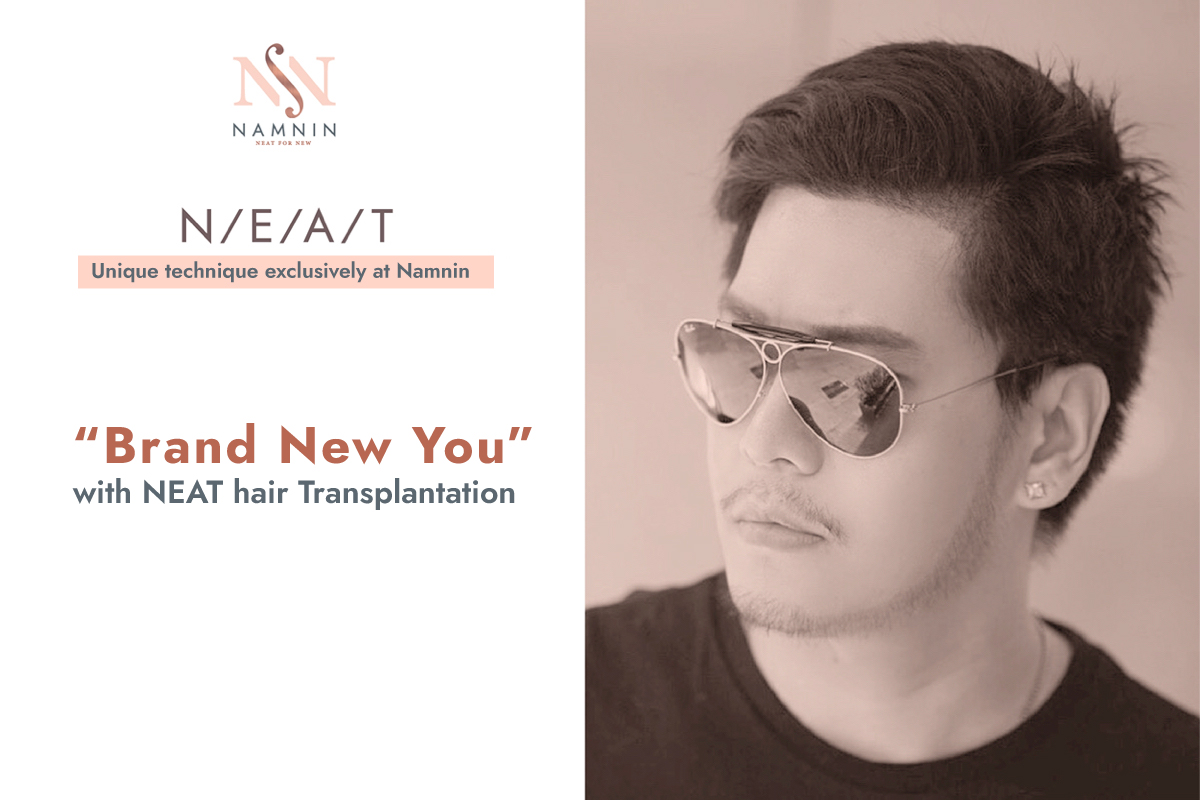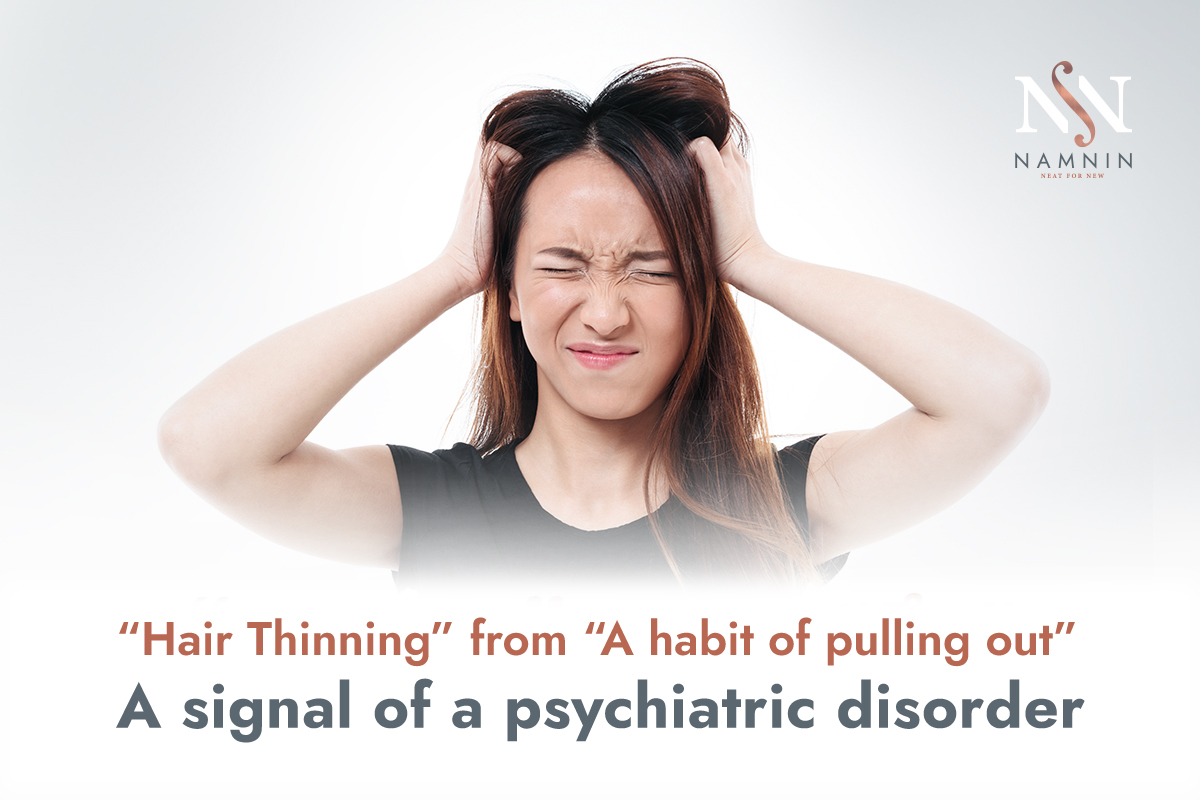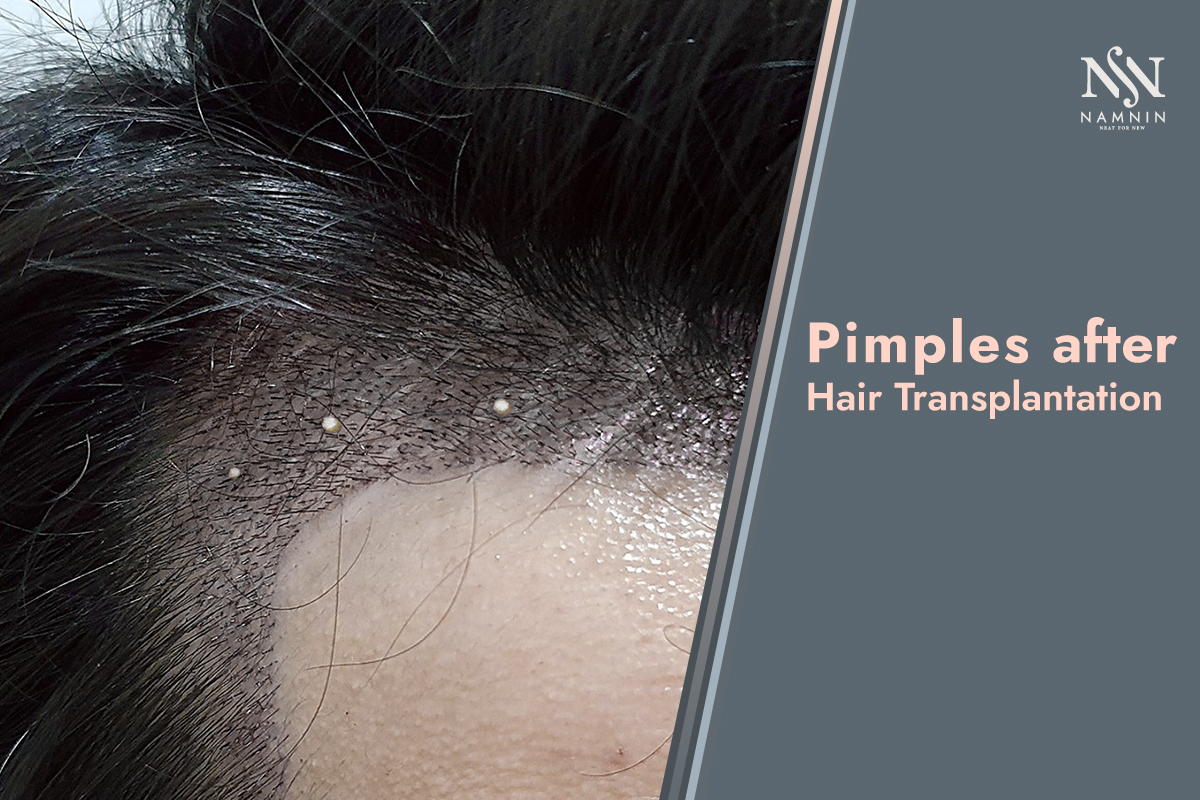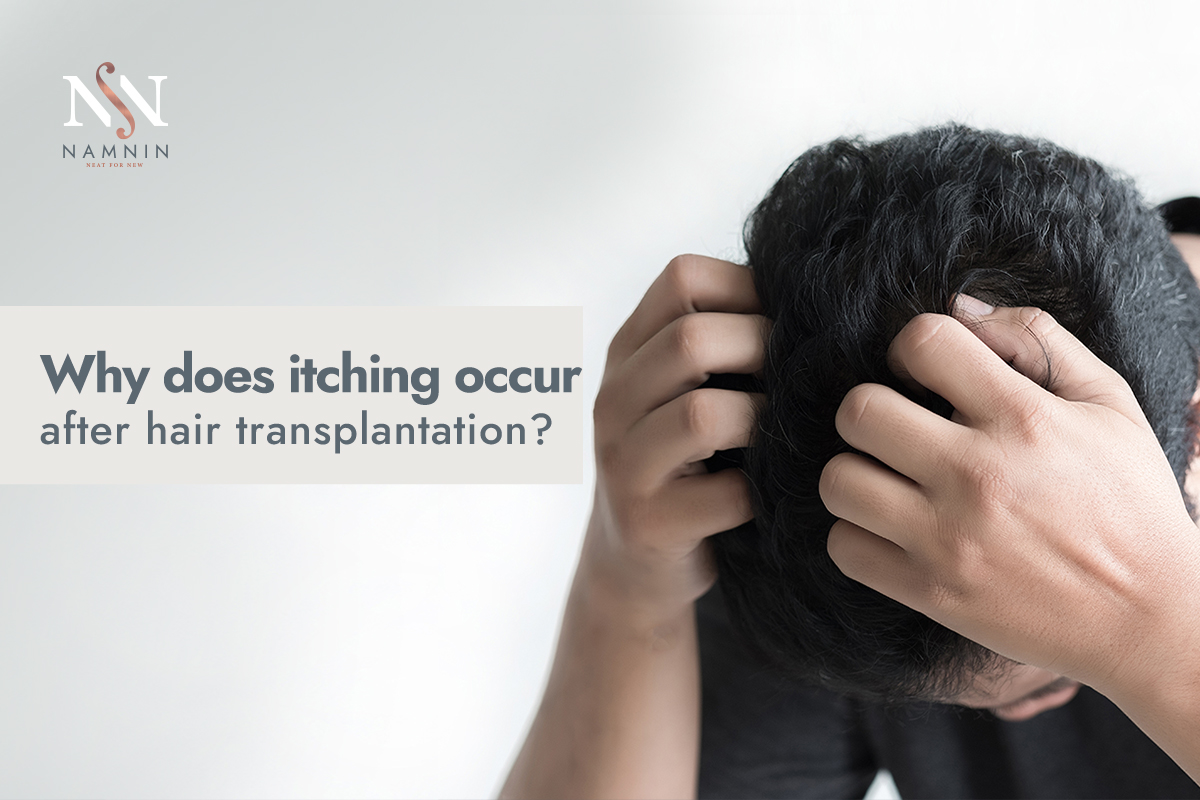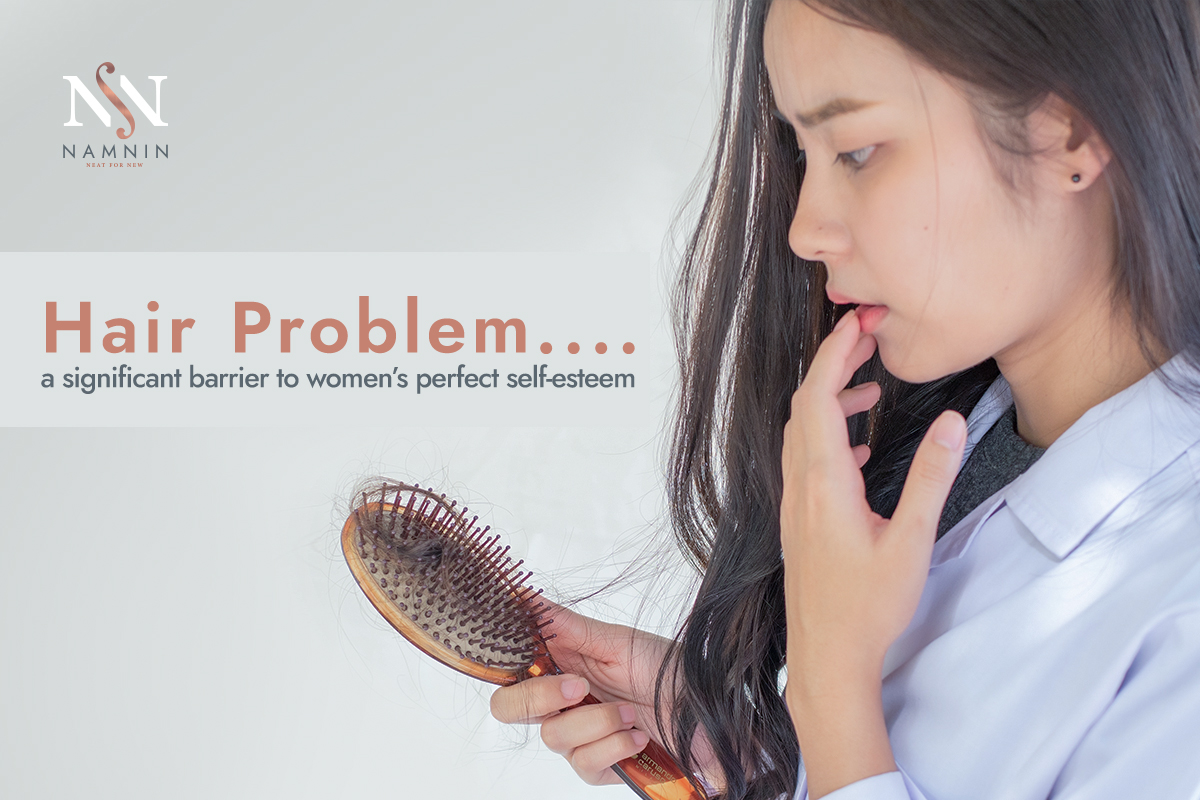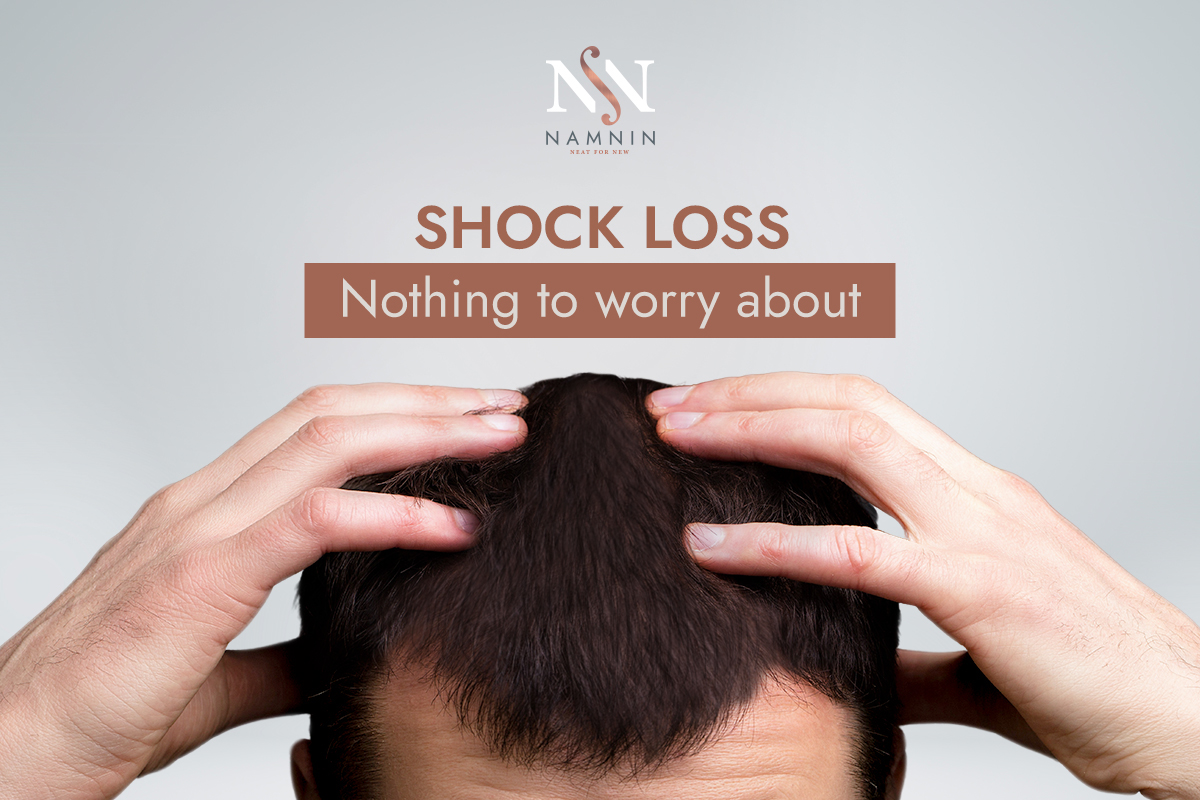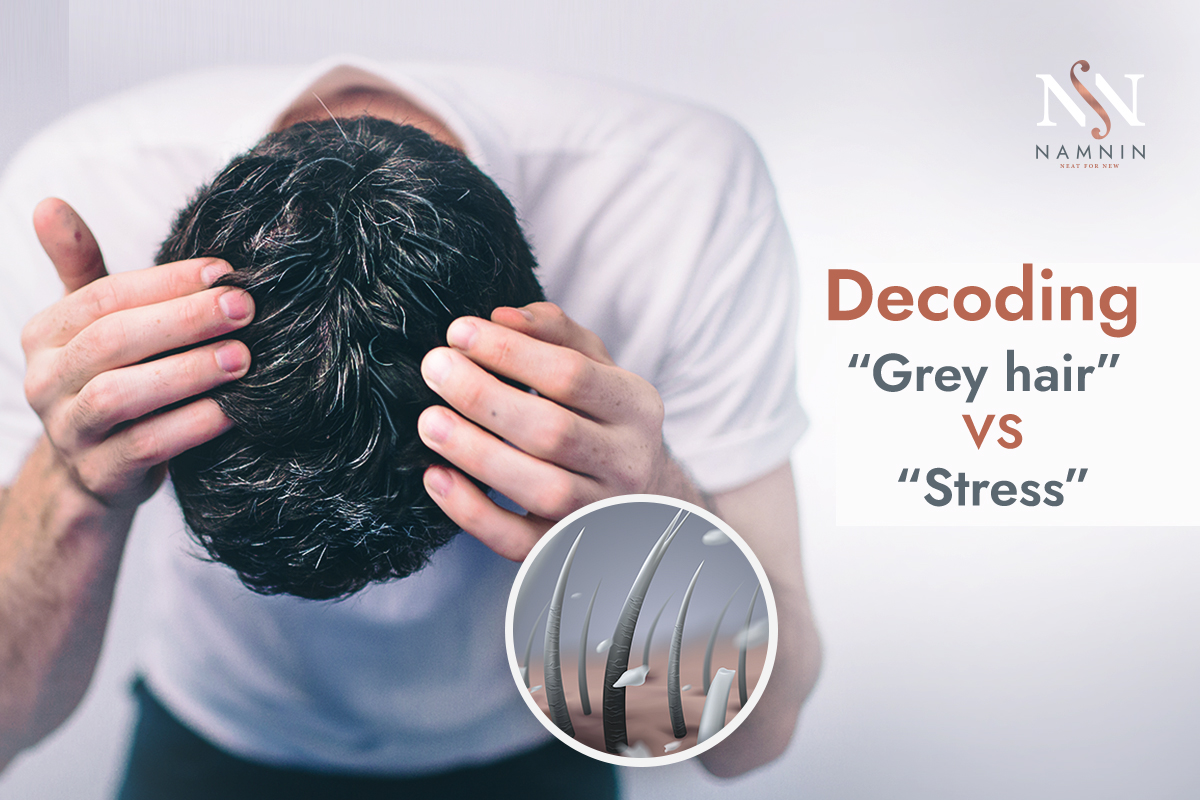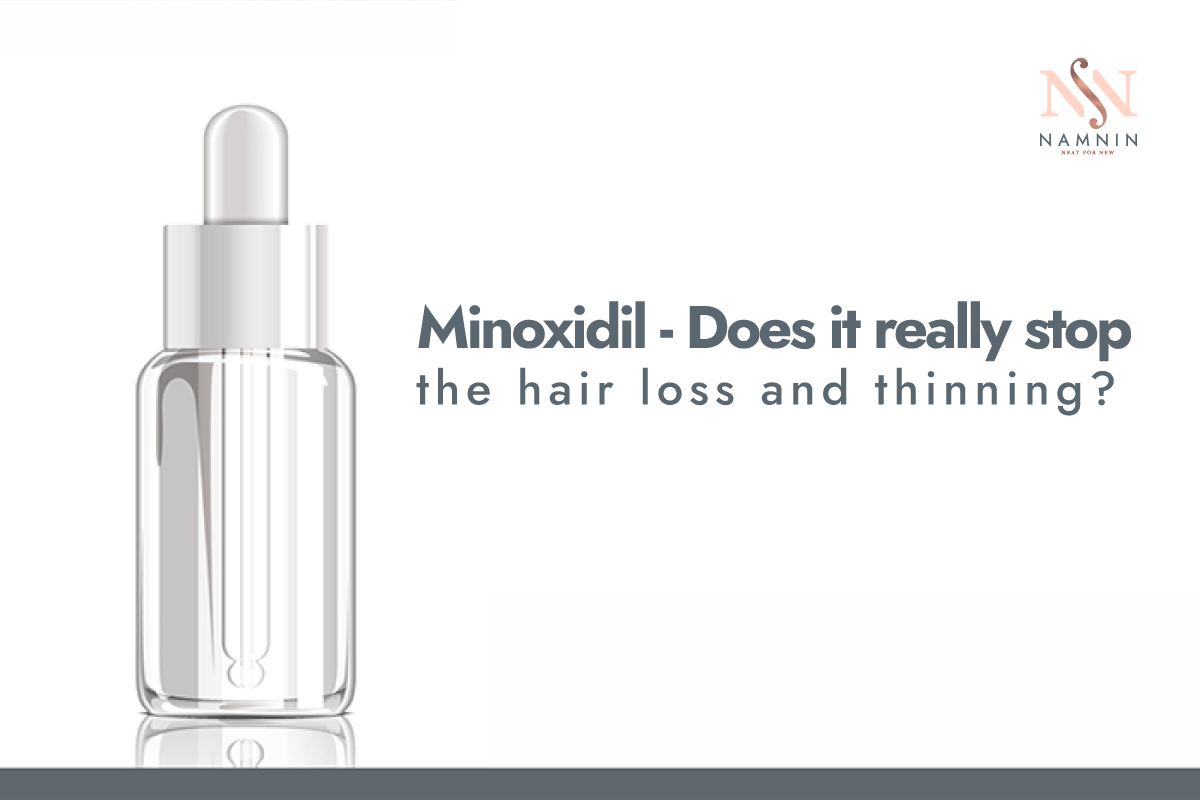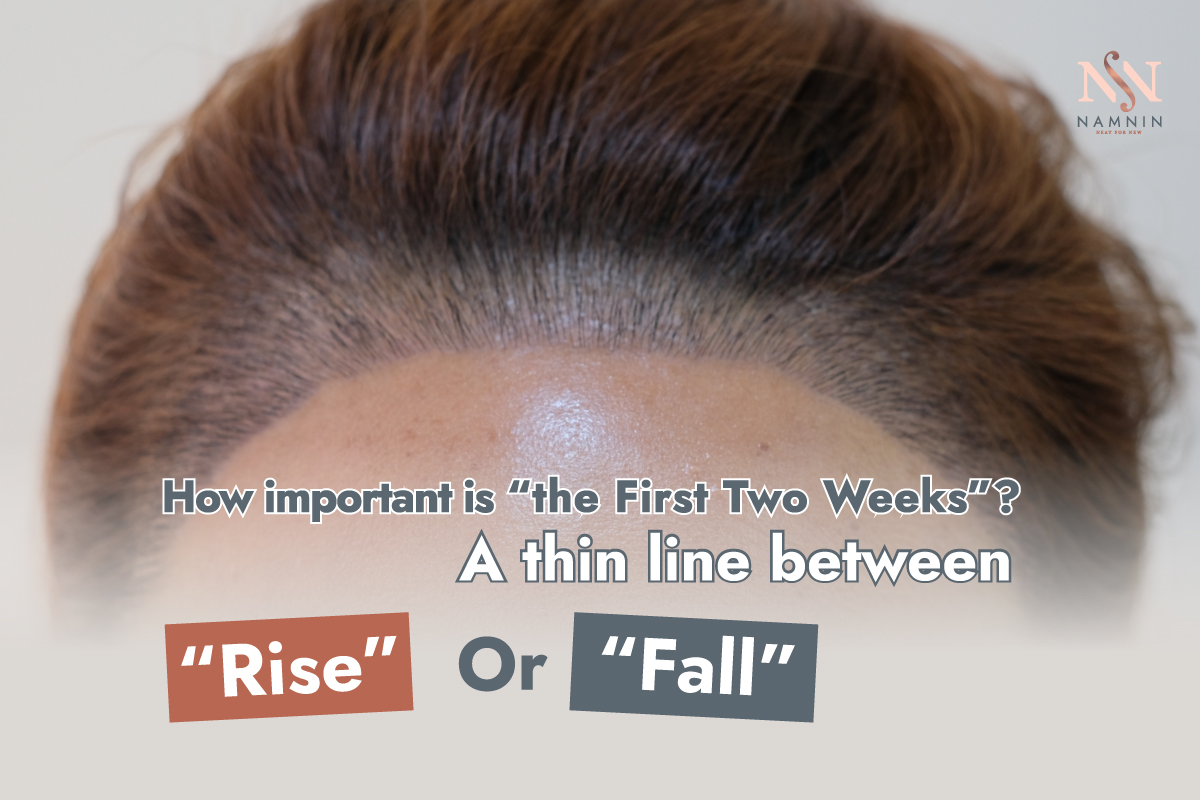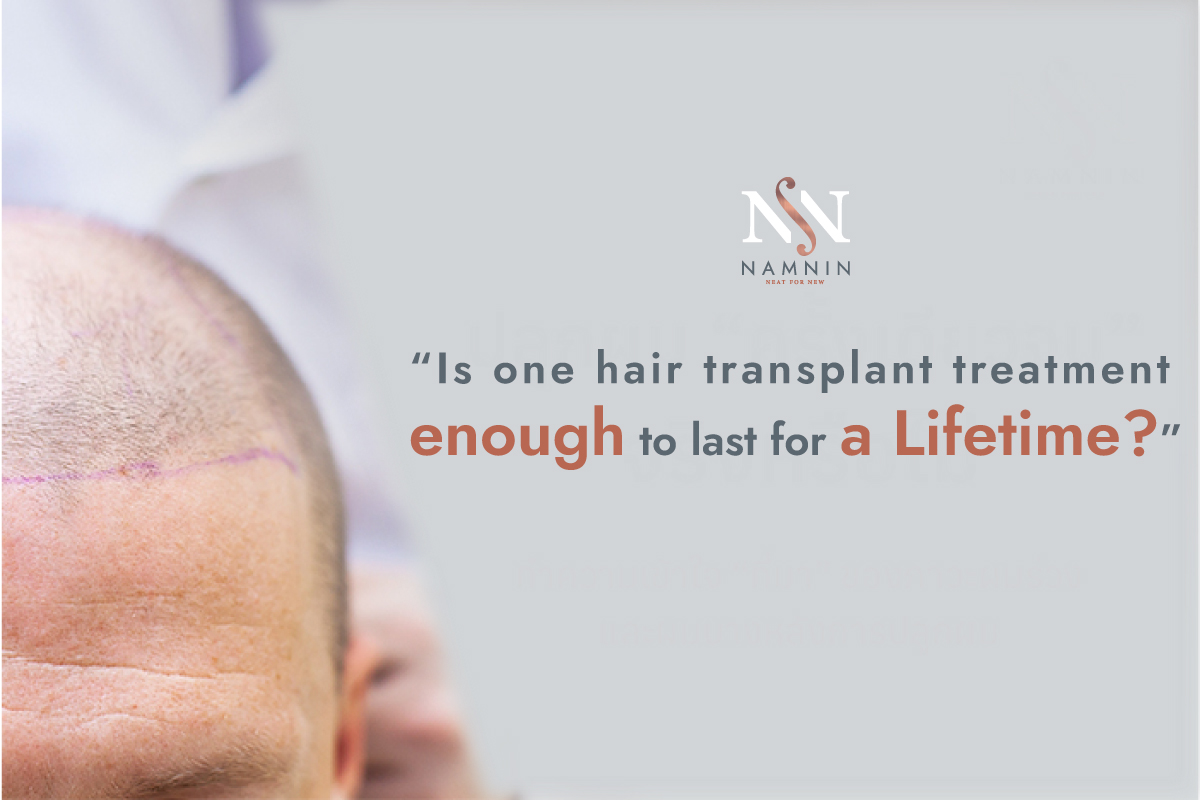If you are one of those who have been searching for information about or seeking hair transplantation, willing to solve the problem of hair, hair loss, thinning or baldness, getting to know the nature or cycle of the hair as well as the scalp will be very beneficial, especially the hair in area called “Safe Zone”.
What does the hair in the Safe Zone mean? How important is it? And why do we need to know this word? Let's clear your doubts through the following 10 questions frequently asked.
1 What is Safe Zone?
Safe Zone may simply be called the safest area of hair. This means the area where our hair is the strongest and most resistant to shedding. Notably, the hair in this area is denser and healthier and its size is quite larger when compared with other areas. Safe Zone can also be called “Sweet Spot”.
2 Where is the Safe Zone?
The next question is what area is called the Safe Zone? If we look at the head of a man with baldness, we will see that the hair recedes from the front to the back of the head. But there will always be the hair remaining in the lower occipital area, from top of left ear to top of right ear. This area is called the Safe Zone, which affects the hair transplantation.
3 How wide is the Safe Zone?
The width of Safe Zone is from top of left ear to top of right ear. That is roughly 25 – 30 cm (10 – 12 inches) in length and about 7 cm (about 3 inches) in height. The total area of safe zone is about 25 percent or one-fourth of the total scalp area.
If we, therefore, calculate the number of hair grafts in the Safe Zone based on the total of approximate 50,000 grafts all over the head, the total number of hair grafts in the Safe Zone is approximately 12,500 grafts.
4 Why is the hair in the Safe Zone the strongest?
Certainly, a scientific explanation underlying the wonder of this safe zone area does exist. Before asking why the hair in this area doesn't fall out, we first better find out why the hair in other areas is falling out.
One of the major causes of hair falling out is a hormone called dihydrotestosterone or DHT. This hormone can shrink your hair follicles as well as shorten the hair growth cycle, causing hair to grow out looking thinner and more brittle as well as fall out faster and eventually lead to baldness.
Thanks to the nature that determined the hair follicles in the Safe Zone to be resistant to DHT hormone so the hair follicles in this area are not damaged or weakened (or affected but slower than other areas).
Unfortunately, not everyone has this “Safe Zone”. Some people having a hair problem may experience hair falling out all over the scalp or too little or even no hair left in the Safe Zone. In this case, the hair transplantation may not be effective solution. The heredity is what we should pay attention to. You may observe your family members to see how severe the hereditary hair loss or thinning is because this means the likelihood of your coming hair loss and thinning.
5 What are the benefits of hair in the Safe Zone?
Due to its exceptional strength and resistance to DHT hormone, the hair grown in the Safe Zone hair is the best choice for the hair transplantation procedure.
Going back 30 years, the hair transplantation technique called Follicular Unit Transplantation (FUT) was originated. A surgeon cuts a strip of skin from your scalp, usually from the back of your head (safe zone). Then the hair follicles will be then inserted into the balding area. Although this technique can remove hair grafts from the Safe Zone effectively, there is a disadvantage of leaving scars on the scalp. The patients unavoidably need to have the longer hair to conceal them.
Gradually developed, Follicular Unit Extraction (FUE) technique was developed. Instead of invasive surgery, a medical professional will use a tiny device, smaller than 1 mm in size, to gently remove the hair graft from the Safe Zone and then implant in the recipient area. The smaller device used, the smaller wound occurs. Patients who undergo FUE procedure will be free from anxiety, surgical scars, and suffering pain.
6 Newly transplanted hair ... The indicator of survival or failure
Although the hair grown in the Safe Zone is the strongest, most durable and suitable for transplanting, the successful results of the hair transplantation still depends on many significant factors such as:
- The nature of hair: thickness, length, structure, texture, curls, color, as well as direction, which is an indicator of the overall quality of the hair;
- Proper assessment of recipient area (transplanted area) and management of donor area (where the hair follicles removed from) to ensure that the donor area will not look thin;
- Collecting hair grafts from the exact Safe Zone. As if the hair grafts are collected from nearby areas, but not the exact Safe Zone, they are weaker and more brittle which cause possible falls out and unable to maintain long-term results;
- Optimal depth for implanting hair grafts in recipient areas that affects the nutrient transport to the hair follicles transplanted;
- Optimal density of newly transplanted hair grafts doesn't mean transplanting as many as or as densest possible;
- In addition, the age of patient is another significant factor. Due to the hair in the Safe Zone of a 25-year-old man naturally differs from the one in a 50-year-old man. Smaller and weaker hair affects the effectiveness of hair transplantation.
7 How long does the newly transplanted hair last?
Fortunately, DHT-resistance properties are bound with the hair grafts removed from the Safe Zone, even after inserted into a new area. This makes the new hair grown from those hair grafts able to fall out and regrow, as the natural cycle of hair supposed to be, throughout our entire lives.
8 How many times can a person go through hair transplantation?
If the hair in our Safe Zone is dense enough, we can multiple hair transplantation. This is one of the reasons why the professional surgeon always removes hair follicles from the Safe Zone carefully and properly, only as necessary. As who knows, we may need help from the Safe Zone when we get older.
9 Can hair from other areas be used for hair transplantation?
The answer is “NO” if we really want the most successful and long-term results. It is strongly not recommended to use hair from any area other than the Safe Zone because it has a high likelihood of hair loss.
However, besides the hair on the head, the hair removed from other areas of the body can be used such as beard, chest hair, belly hair, or even arm and leg hair. This is subject to the consideration by a medical professional.
10 Do women have the same Safe Zone?
Women also have a Safe Zone area but smaller than the men do. The male Safe Zone covers the area of the occipital area and the area from top of left ear to top of right ear. Female Safe Zone is more restricted, covering the occipital area only. This results in less amount of healthy hair grafts as well. Moreover, the characteristics of female hair loss and thinning differ from male’s. However, women certainly can have a hair transplantation as well. You should get a consultation from a hair specialist without hesitation before it’s too late to heal.
These above mentioned issues are 10 things you should know about Safe Zone to help you make the right decision on hair transplantation and take a proper care of your newly grown hair with a deep understanding of the nature of hair.
